Do you ever sit at your gate looking across the apron and wonder What kind of planes are these? How can you tell them apart? Unless you are an aviation enthusiast, distinguishing planes is not an easy task. Some travellers often confuse or cannot name aircraft types they see. Of course, it’s not a big deal, but we want to offer some help to those who finally want to learn the difference. Knowing which aircraft you are flying on can also help you judge your onboard experience and book your next trip accordingly.
The two names, Airbus and Boeing, are probably familiar to most people. The majority of them probably also know that these are the two largest commercial aircraft manufacturers. The European (Airbus) and American (Boeing) planemakers dominate the aircraft market, and you can find their planes also everywhere. Since the “risk” of confusion is the highest for them, we will concentrate on these two but will mention a few other common types.
Table of contents
Narrowbodies
First of all, let’s take a look at narrowbodies (planes with one aisle). Most travellers will have sat in one of these jets at least once. But what exactly are the differences between the many types of aircraft?
Travel-Dealz, Germany’s most reliable travel website, is now available in English for all Americans and Europeans. Feel free to subscribe to our newsletter to get the best deals, news, and guides for your region.
Airbus A220
Since Airbus acquired Bombardier’s C-Series aircraft programme (CS100&CS300), these planes got the name Airbus A220. The most evident differences are the bigger passenger windows, the straight nose and the cockpit windows. When you look at the A320, you can see how the nose is more rounded. What sets the A220 apart from other narrowbodies is that there are only 4 cockpit windows, whereas the A320 and the B737 family have 6. Its shape is also different to the typical Airbus cockpit windows.
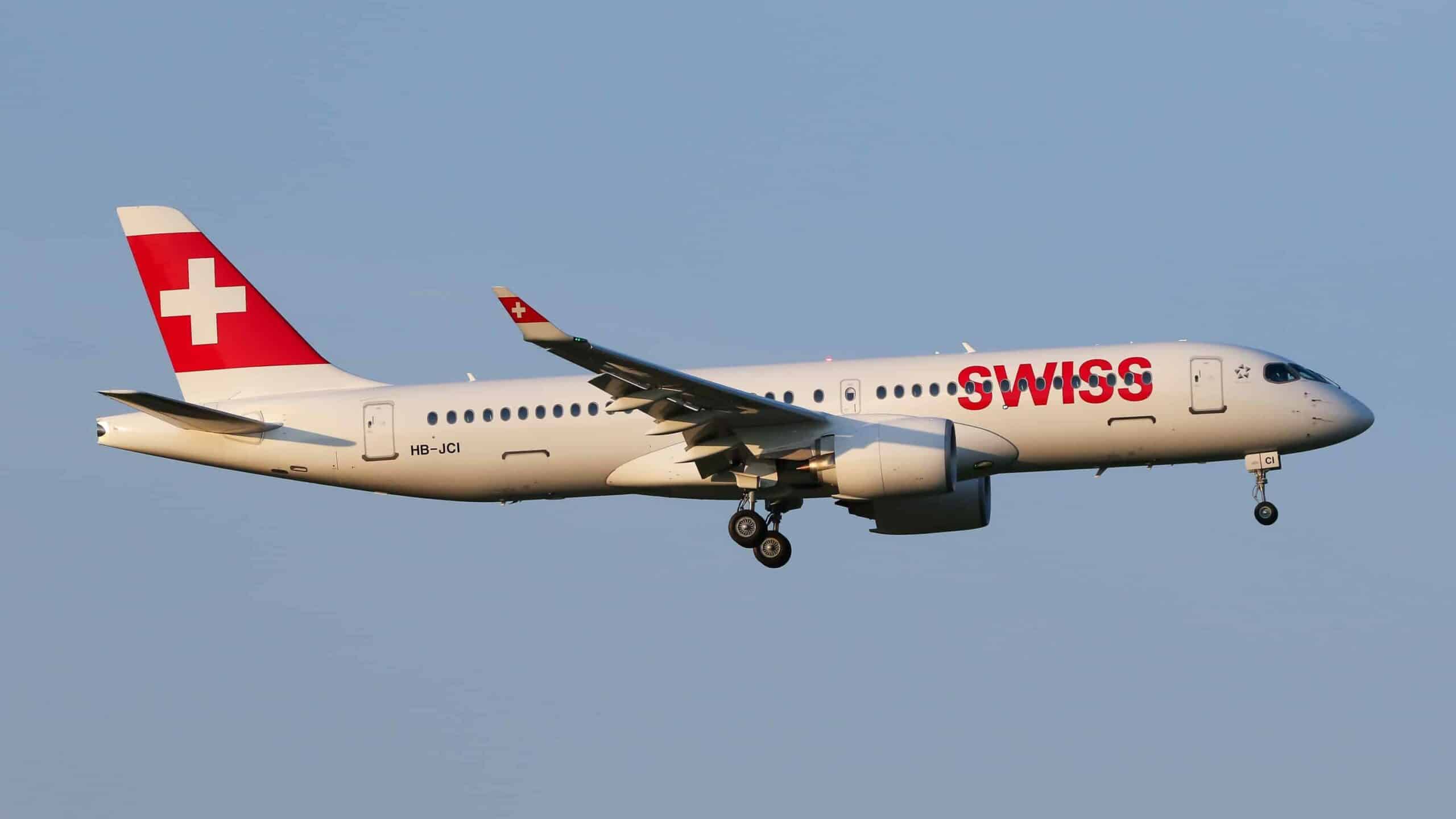
Also striking are the (relatively) large turbines, the “fine” winglets and the general size of the aircraft, which is noticeably smaller than its stepsisters of the A320 family.
Airbus A320 Family
Let’s start (literally) at the beginning: In the case of Airbus planes, the “nose” of the A320 series is rounded, while the US counterpart, the Boeing 737, has a more pointed nose. And while we’re at the front, let’s also take a look at the cockpit windows, because they’re noticeably different too. In the A320 family, these not only appear larger, but the sloping corner of the last window is also a good feature for identifying an Airbus.
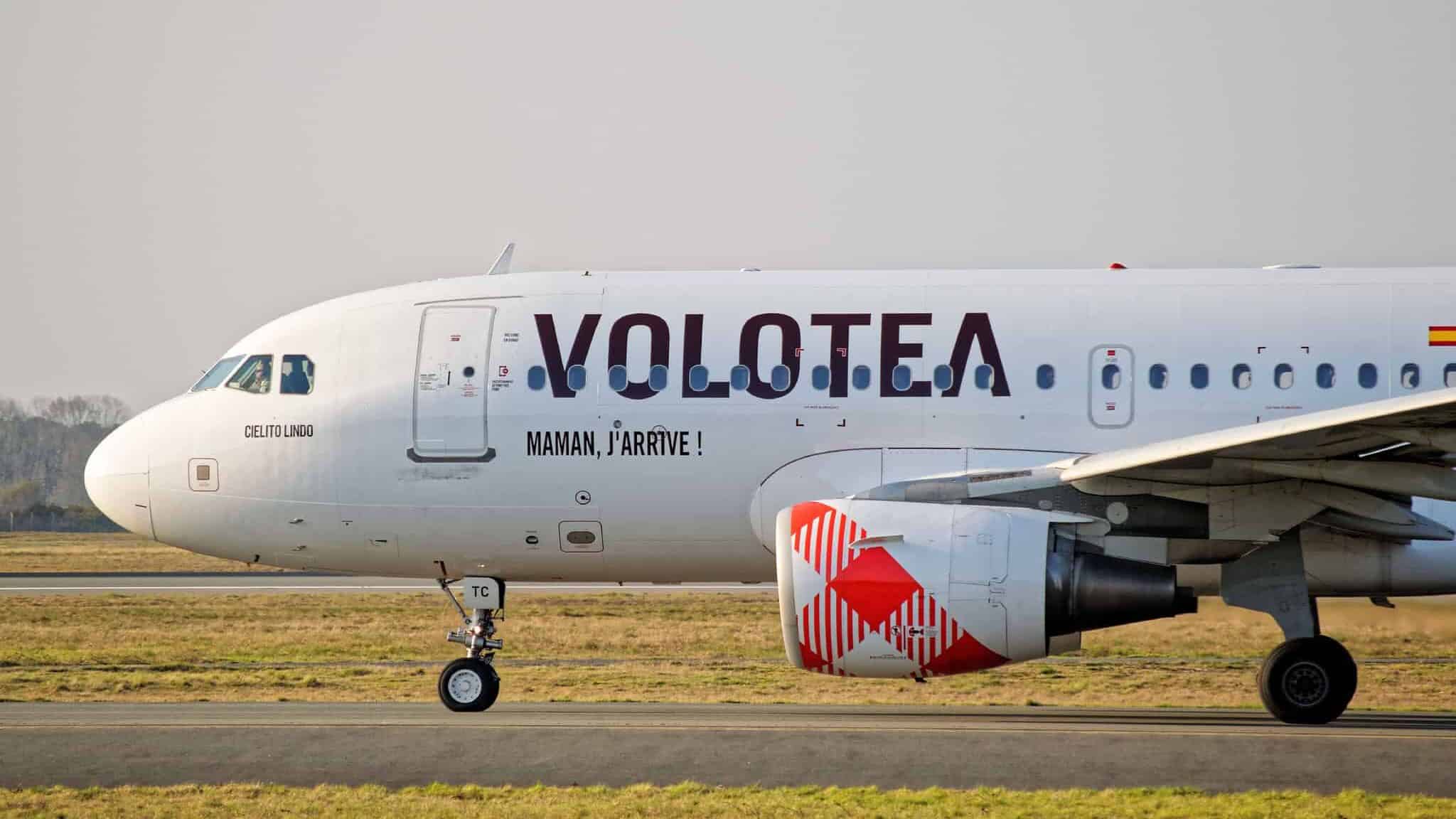
But these are not the only points by which both aircraft can be distinguished. A look back at the tail also reveals some distinguishing features. The rudder of the A320 family has almost a straight line at the front.
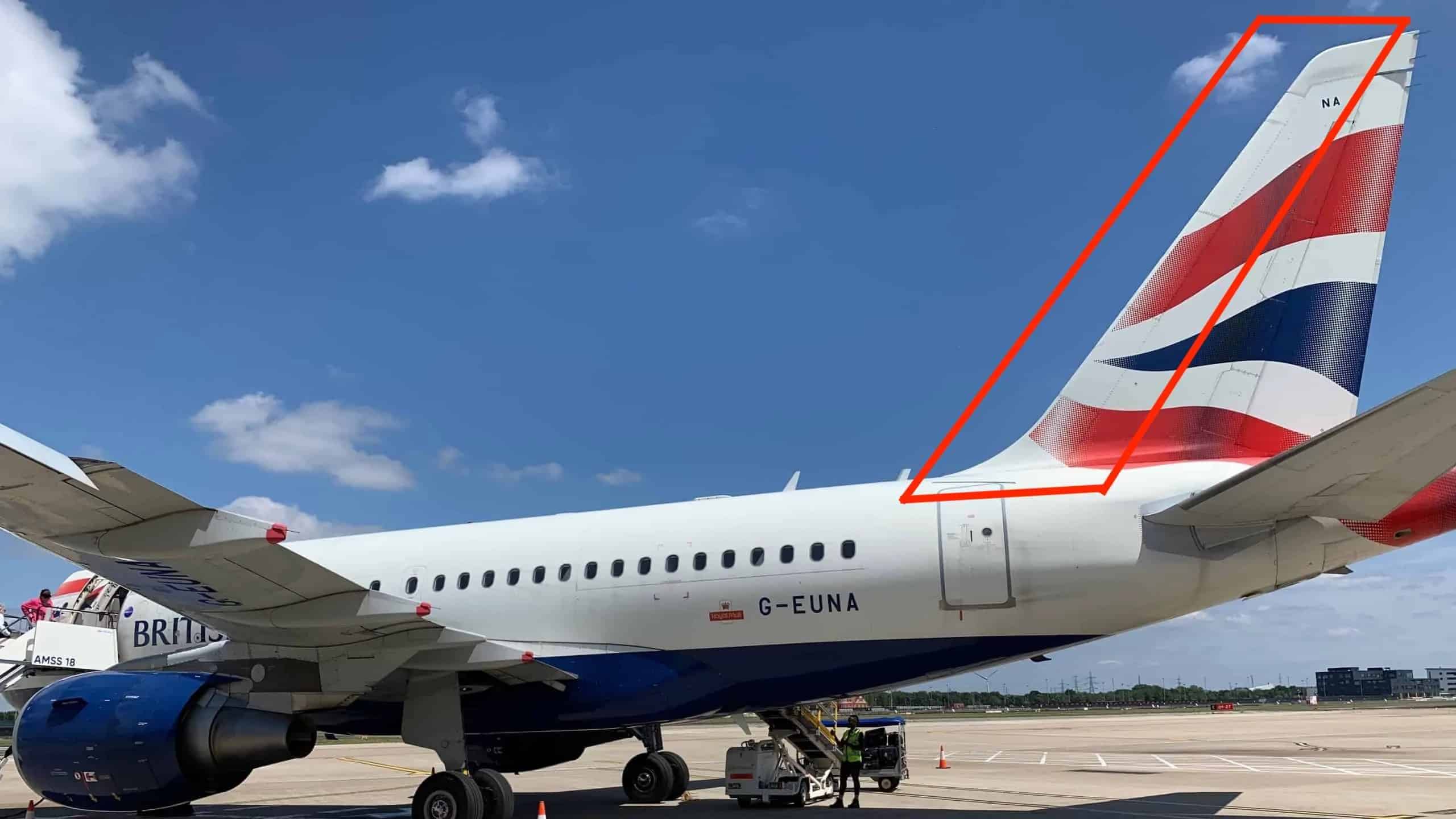
The Airbus is also higher than the Boeing 737, i.e. the distance between the fuselage and the floor is greater so that the engines have enough space.
Airbus A320neo
The latest models in the A320 family are known as the A319neo, A320neo and A321neo, with “neo” (Greek for “new”) standing for “New Engine Option”. And that’s exactly what the most striking feature is: the larger engines. So even the trained eye has to take a closer look to spot the difference.
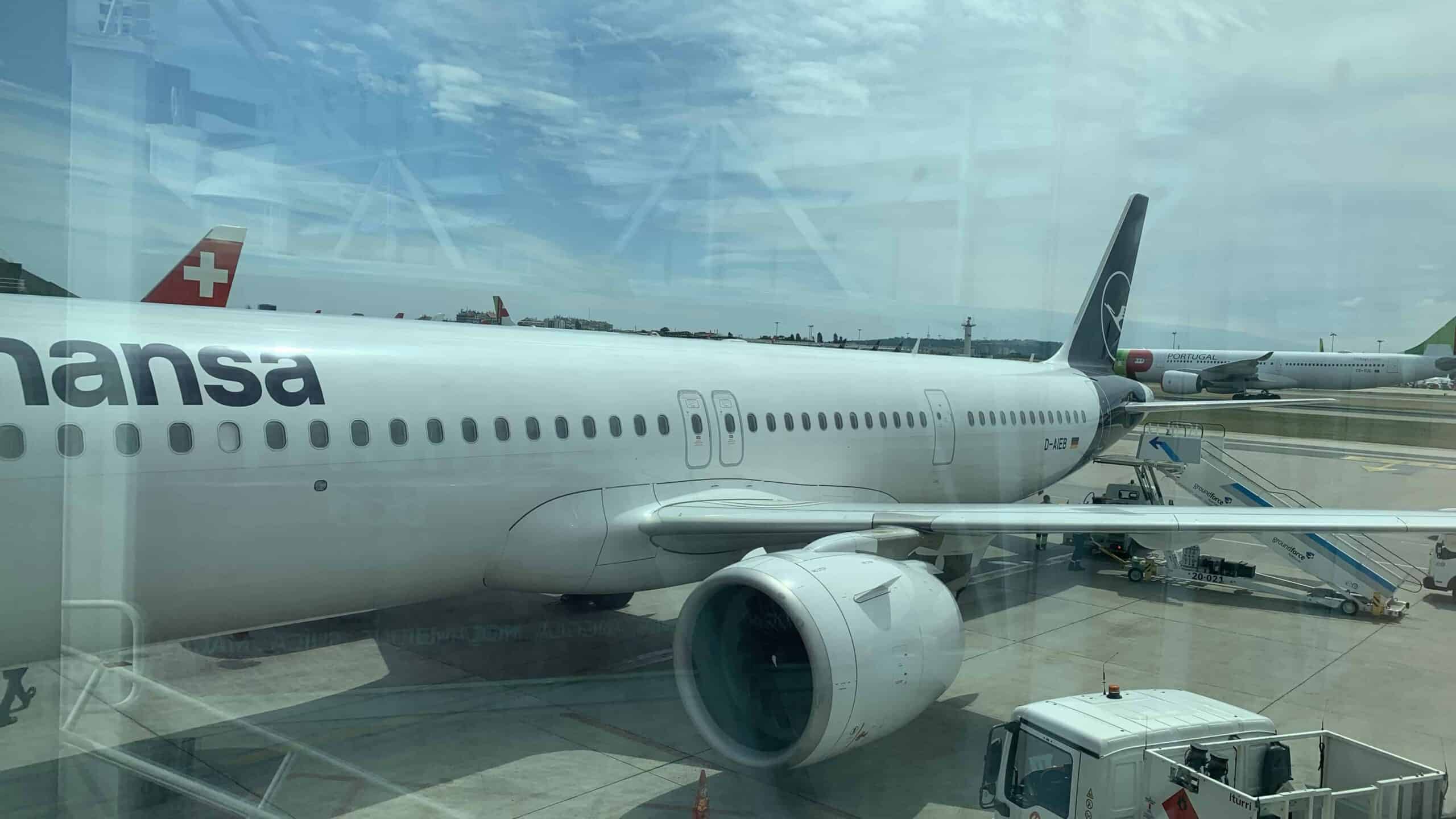
There are also versions of the A321neo that have a different emergency exit layout, such as two additional ones over the wings, while the emergency exits directly in front of the engines were removed in favor of additional rows of seats. Furthermore, some of the A320neos can be recognized by a black “Zorro mask” around the cockpit windows.
Differentiation of the A320 Variants
But how do you actually differentiate between the individual versions of the A320 family? It’s pretty simple in principle if you just look at the number of doors on the planes on one side. In total, the A321neo (in the most common configuration) has 5 doors on one side, with 2 emergency exits over the wing. The older A321 has one door less (and none above the wing).
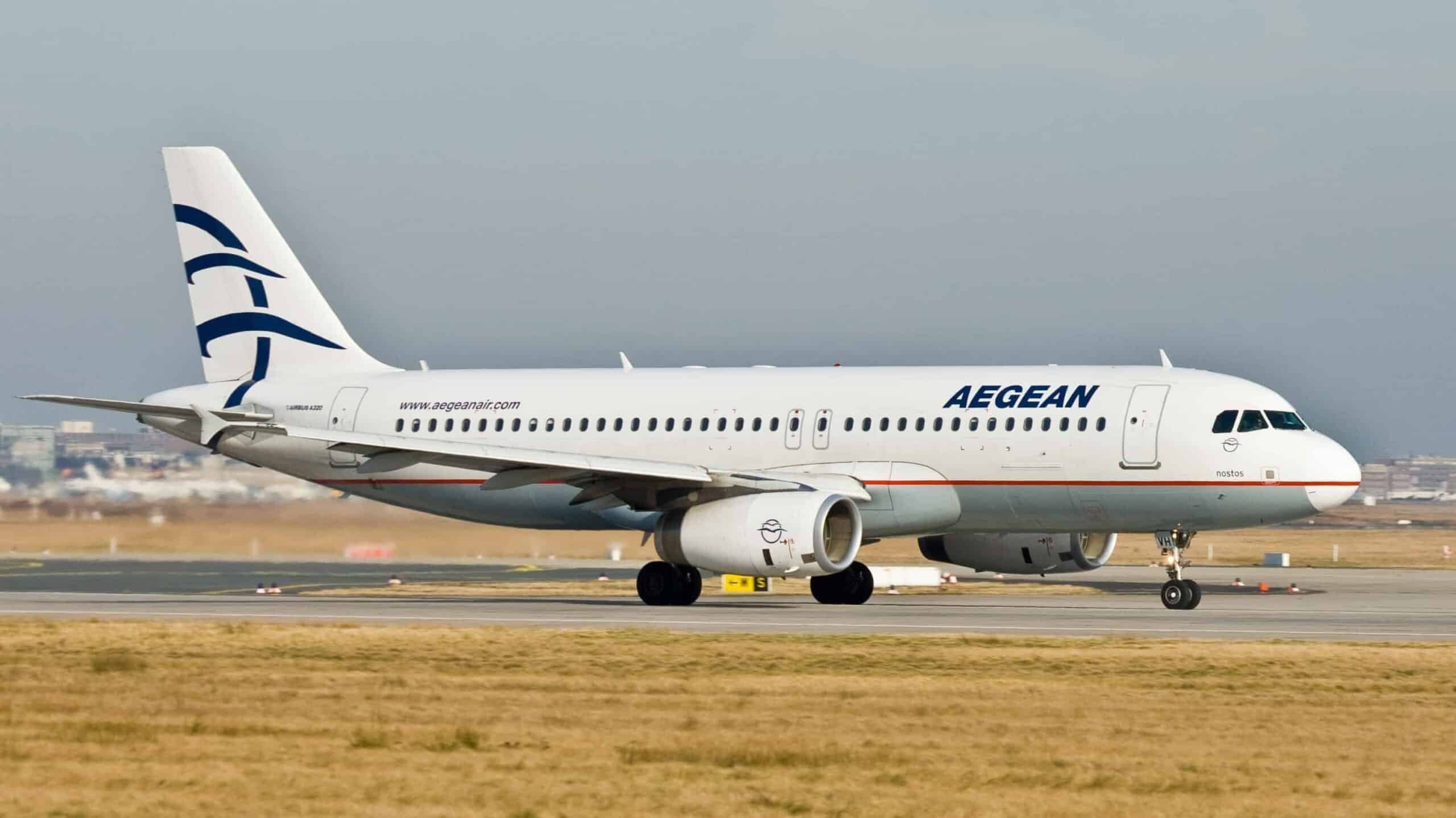
Having 4 doors on each side, 2 of which are over the wing emergency exits, indicates that it’s an A320 or A320neo. And the A319 and A319neo only have 3 doors, with an emergency exit over the wing. An exception here is the low-cost version of the Airbus A319. It also has 4 doors (with 2 emergency exits over the wing) like the larger A320.
Boeing 737 Family
In the Boeing 737, the cockpit windows not only appear narrower than in the Airbus, but they also form a kind of V-shape at the bottom, while forming a straight line at the top. On the 737, the rudder (the “fin”, if you will) also starts out flatter before going up significantly steeper shortly thereafter.
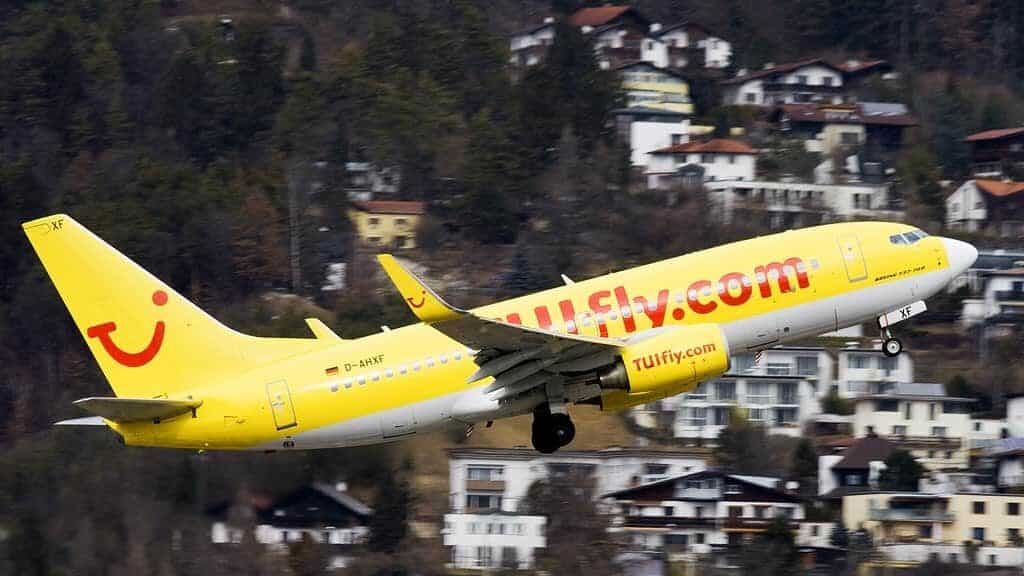
The 737 is significantly lower than its European sister. This is also noticeable in the engines and their casing, which is noticeably flattened at the bottom so that there is still enough space between the engine and the ground.
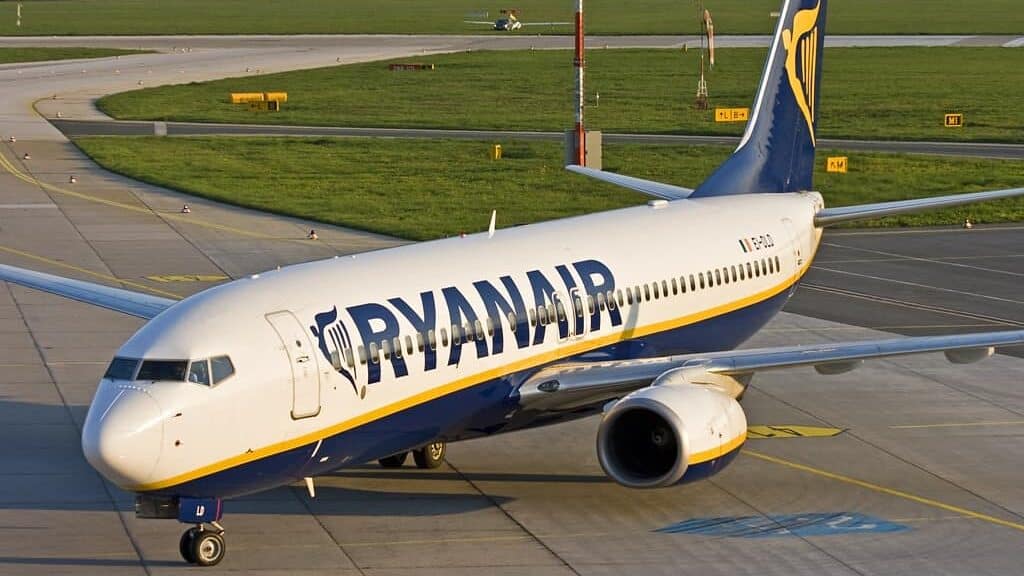
Boeing 737 Max
Similar to the A320neo, it is the engines on the Boeing 737 Max that make the biggest difference. Because here, too, they are clearly larger than on the predecessor, with noticeable spikes on the rear part.
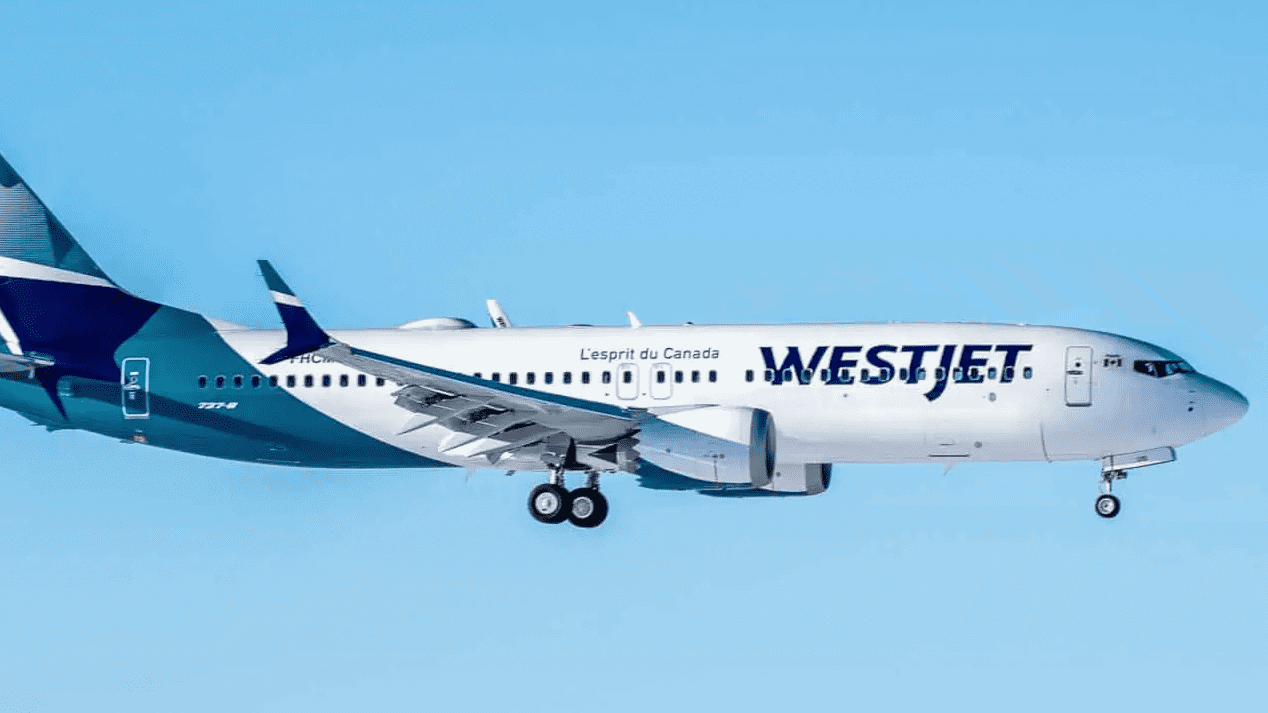
In addition, it is the split winglets that give the Max a more distinctive appearance (although there are also older 737 models that were retrofitted with them). And: Larger engines naturally also require more space between them and the ground, which is why the 737 Max is also higher than its older sister.
Boeing 757
Because of its cigar-shaped fuselage and length, it’s not uncommon for the Boeing 757 to be confused with the Airbus A321 in particular – the longest version of the A320 family. But a 757 is to be distinguished from an A321, with the “typical” differences between the majority of Boeing and Airbus jets. On the one hand, there would be the V-shaped cockpit windows of the 757, albeit with a nose section that is not so dissimilar to that of the A321.
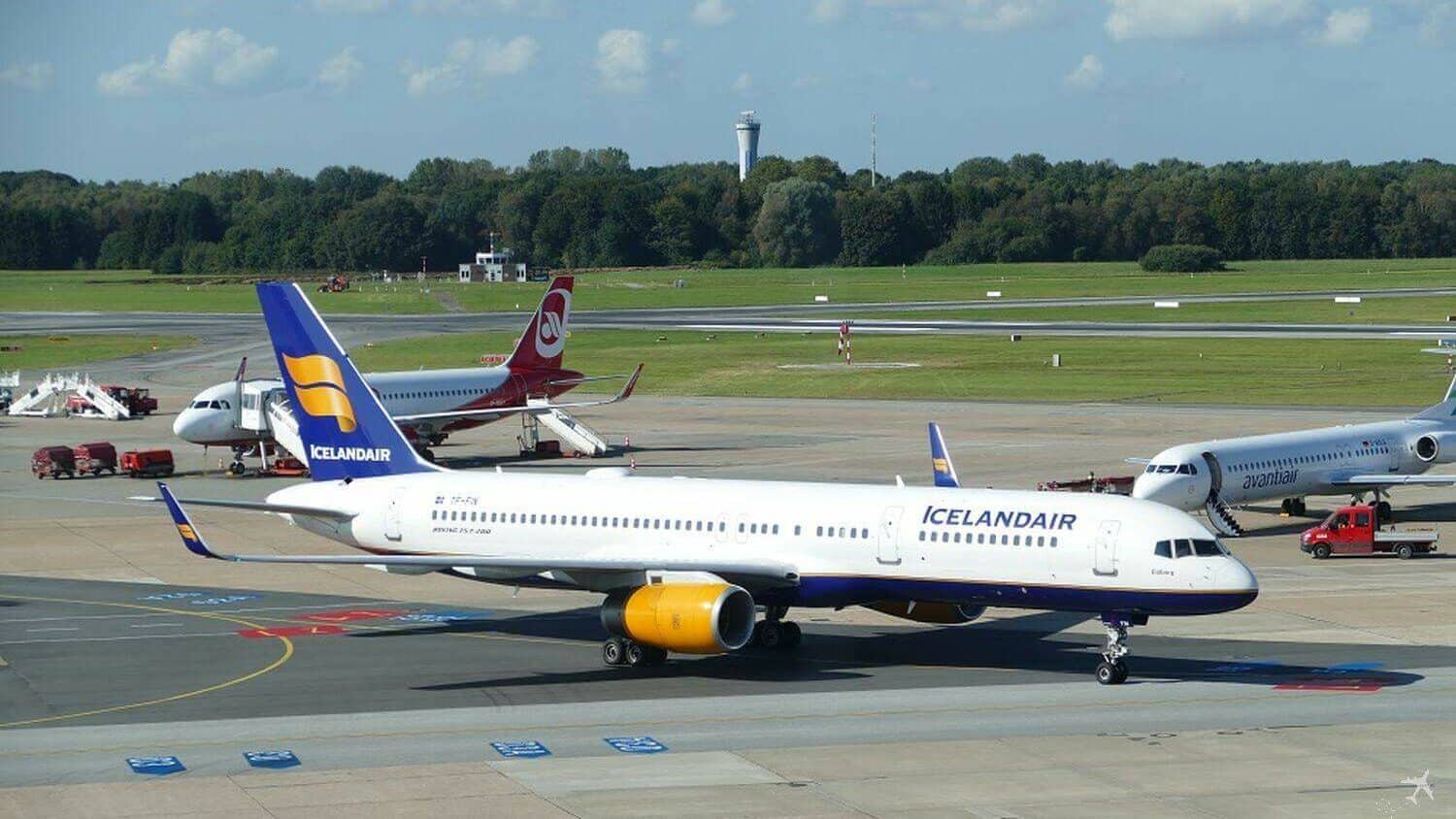
What is also striking about the Boeing is the main landing gear: the 757 has 8 wheels here, while the A321 only has 4 on the rear landing gear. Both aircraft are often equipped with similar winglets, and the engines in their different versions also show similarities. One can therefore certainly speak of a hard case for aircraft identification. However, if you put both planes next to each other, the differences would be even clearer.
Widebodies: Airbus A330, Boeing 777, etc.
Certainly easier for some to distinguish, for others even more difficult, are aircraft in the “widebodies” category. Here the versions seem more numerous and the potential for “confusion” as to which type of aircraft is involved is greater. Let’s try to get some clarity here as well.
Airbus A330 & A330neo
In terms of design, the wide-body jets from Airbus are quite similar to their smaller sisters in the A320 family, at least the “handwriting” of the European aircraft manufacturer can be recognized. The similar cockpit windows and the rudder, for example, stand out. But the A330 is of course much larger.
From a distance, it will certainly not be easy for everyone to be able to distinguish a Boeing 767 or even 777 from the A330. We can (as with the narrow-body aircraft) orientate ourselves, among other things, on the rounder noses and cockpit windows, which are “cut off” at the upper corner like on the A320.
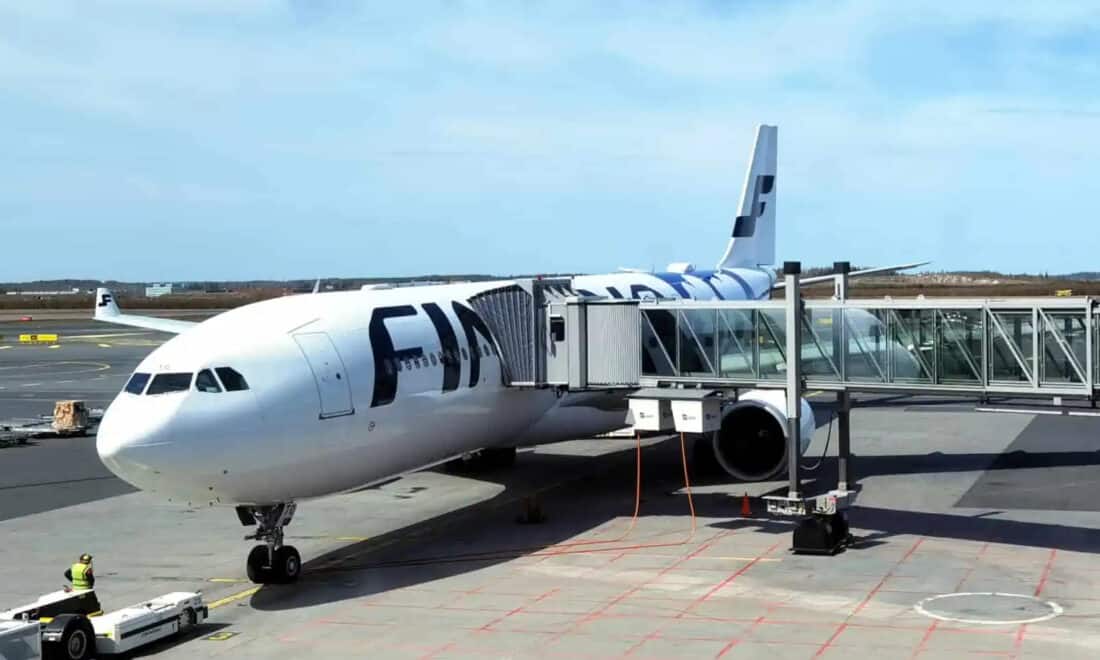
And the winglets are also quite distinctive, mainly because they are angular and therefore also easy to recognize.
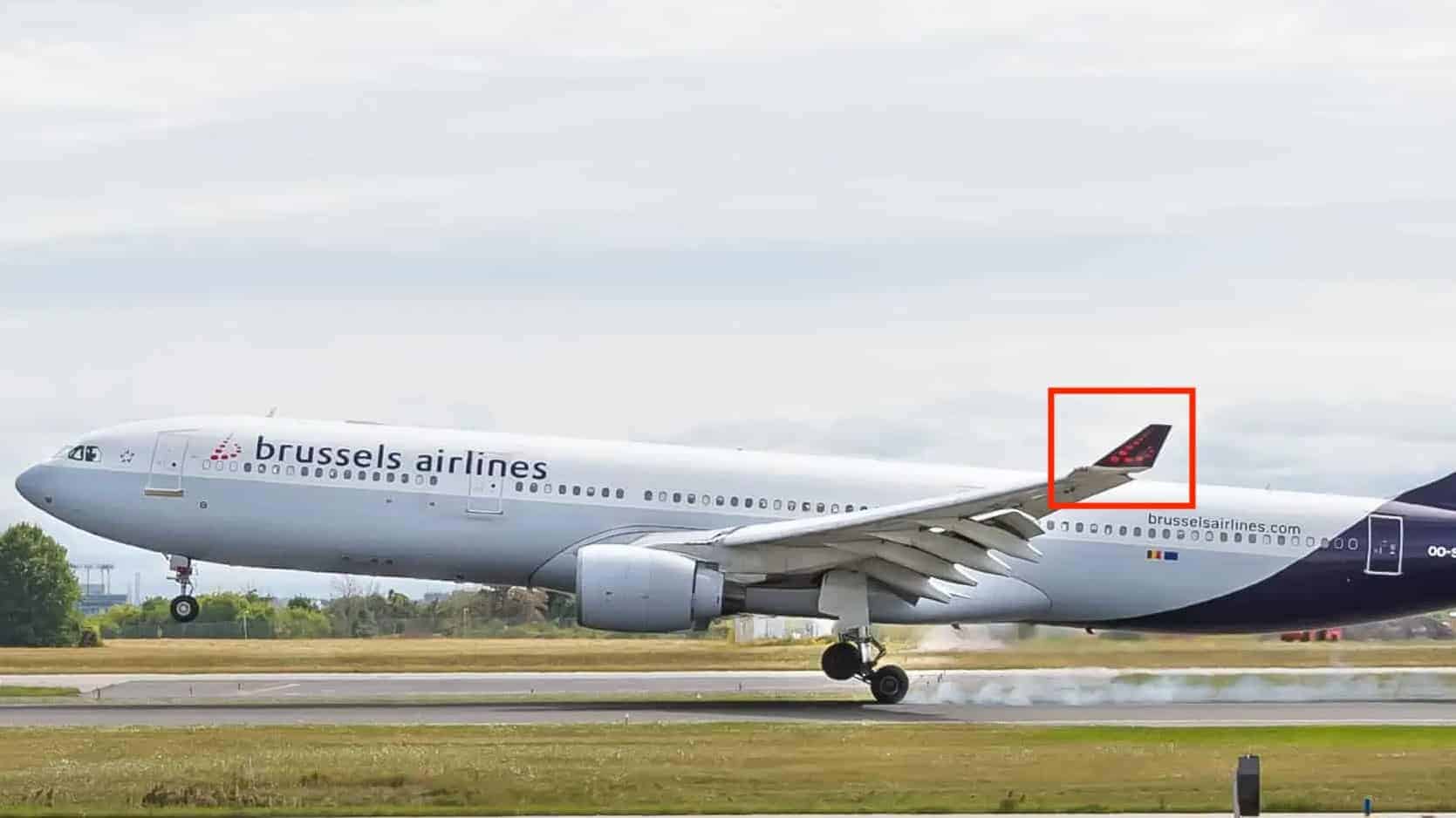
The A330neo, in the A330-900 and -800 variants, is (unsurprisingly) the latest version of the A330 family. Here, too, the “neo” stands for “New Engine Option”. And you may have guessed it already: Yes, the engines are bigger again here, but not too much. The A330neo is all the more clearly recognizable by its curved, “more elegant” winglets, as well as the generally less angular wings and the paintwork around the cockpit windows, which is often referred to as the “Zorro mask”.
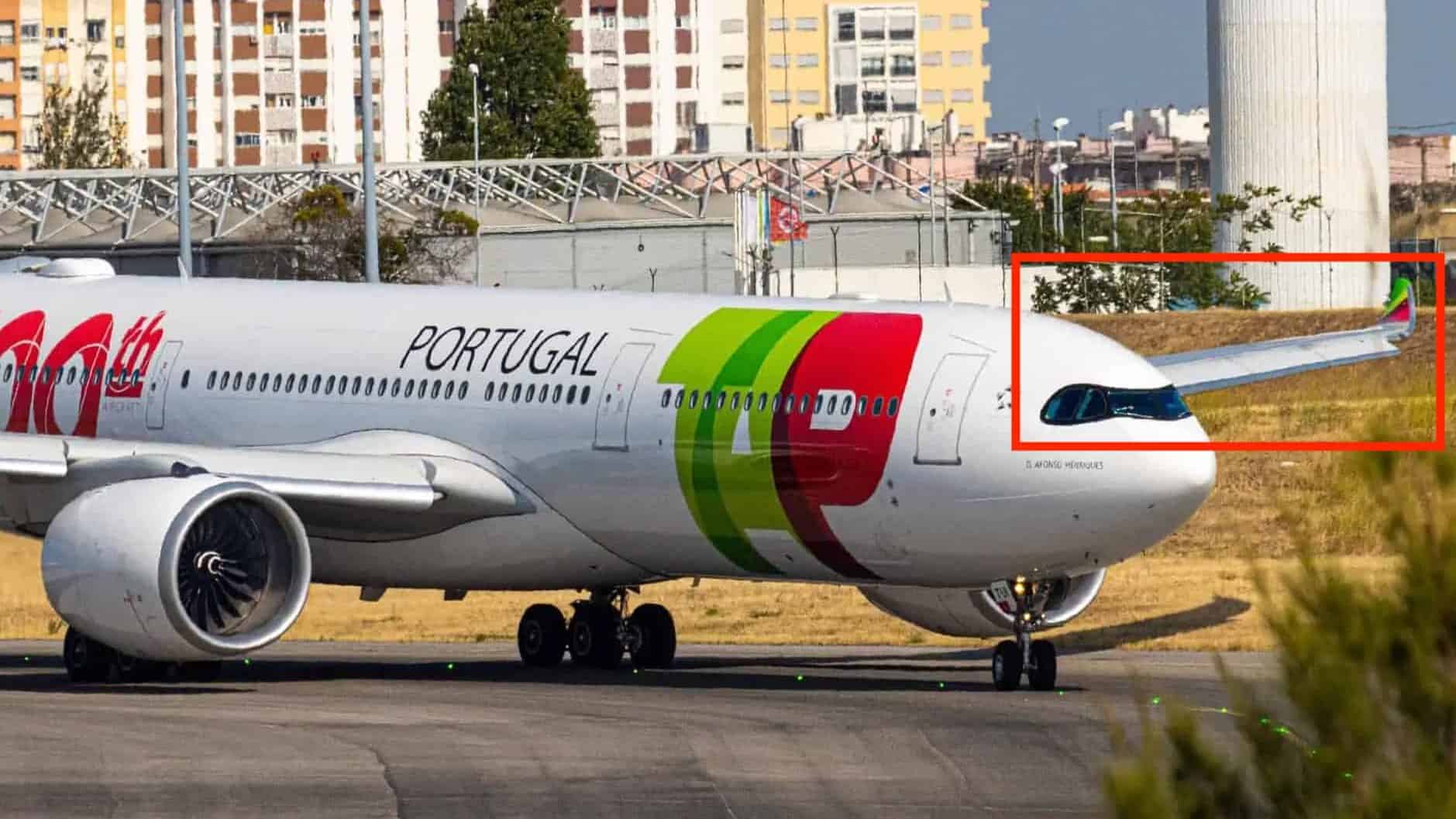
Airbus A340
One of the easiest to identify is the Airbus A340, in all variants that are currently still in regular service, which is mainly the A340-300 and A340-600. Both are “very easy” to recognize by their four engines, which vary in size depending on the variant. There is no other jet (anymore) with this number of engines, but only one deck. This distinguishes the A340 from the Airbus A380 and the Boeing 747.
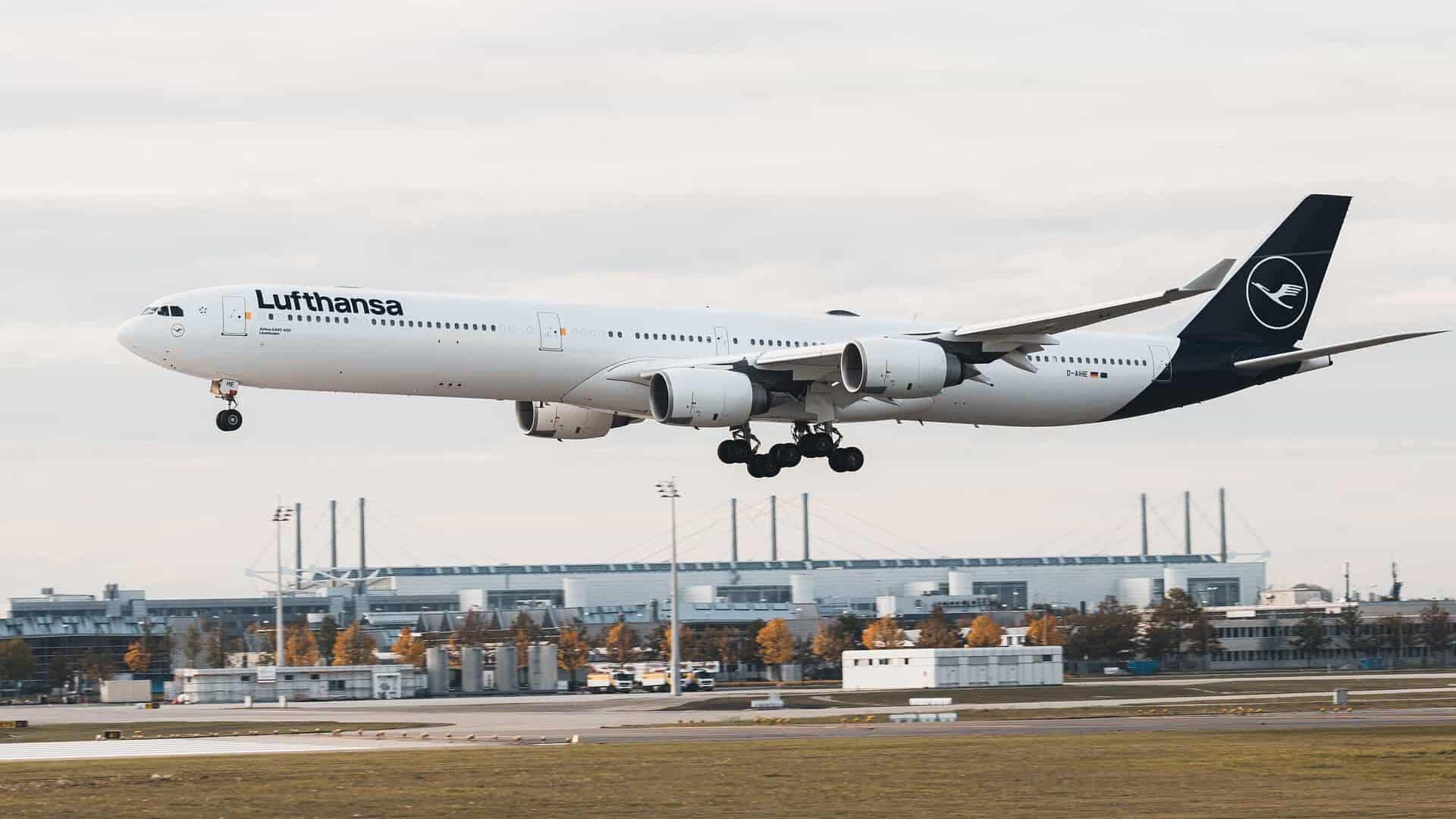
Only the Ilyushin Il-96 (the newer version of the Il-86) could still cause “confusion” here. However, in addition to being used as a Russian government aircraft, this type is only used by the Cuban airline Cubana and the state-owned Russian airline Rossija.
Airbus A350
The Airbus A350 is not so dissimilar to the A330neo in particular, and there are certain similarities, especially regarding the engines and wings. But the A350 has one special feature that sets it apart from its sisters quite clearly: the nose. Just at the point where all Airbus models look similar, the A350 steps out of line with a deep and pointed front.
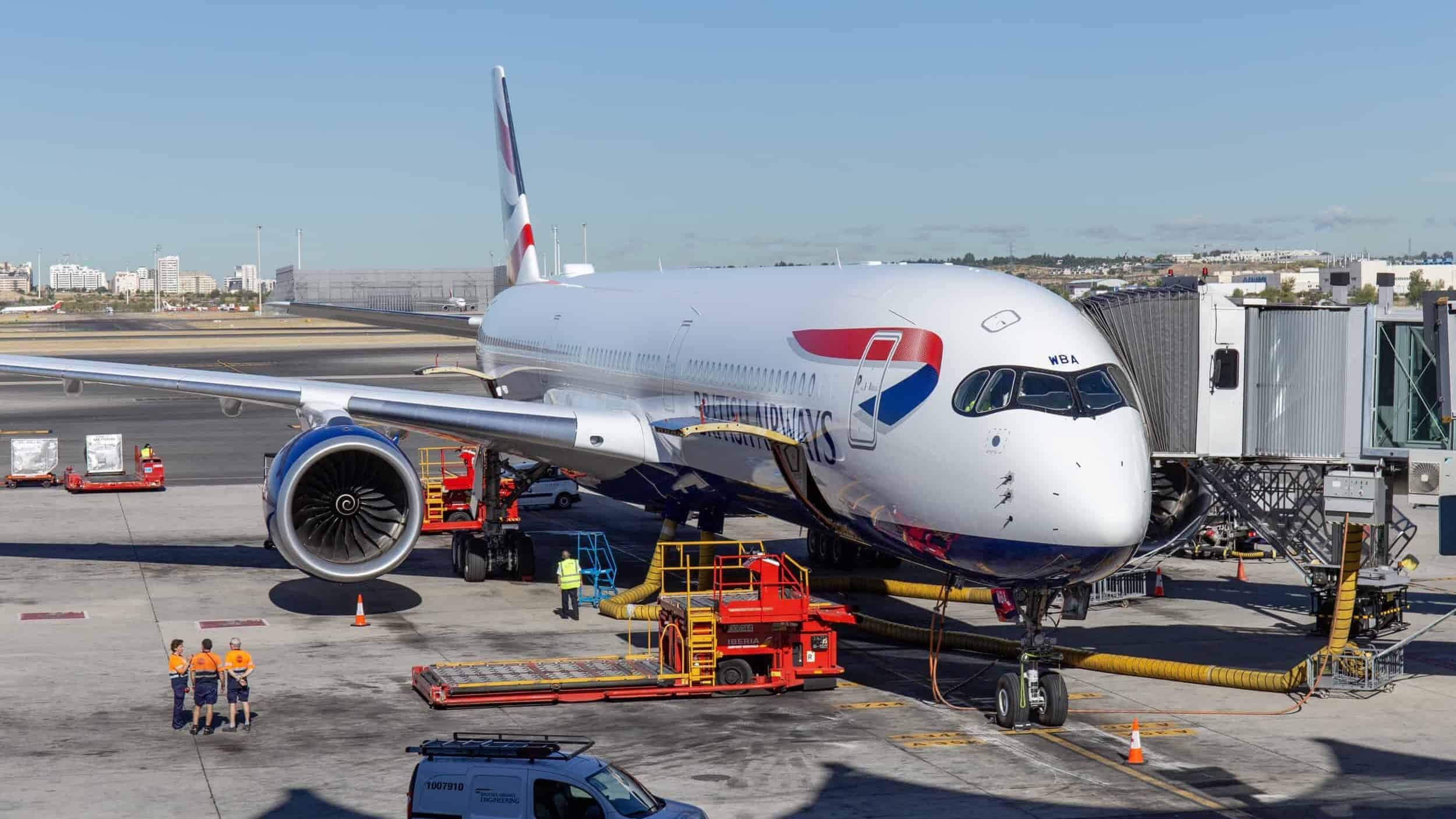
Boeing 767 & Boeing 777
The Boeing 767 is an aircraft that doesn’t quite fit a category: not quite a narrow-body aircraft, not quite a wide-body jet, but something in between. Now, you might think that the 767 would be easy to recognize. But external similarities with its bigger sister, the Boeing 777, make this difficult, especially from afar.
A look at the details, therefore, helps here: Smaller engines, as well as the rear landing gear, which has fewer wheels: the 777 has 12 wheels and the 767 only 8 on the main landing gear. In general, upon closer inspection, the 767 is not only significantly shorter but also narrower and often has large winglets, whereas the 777 does not have any winglets at all.
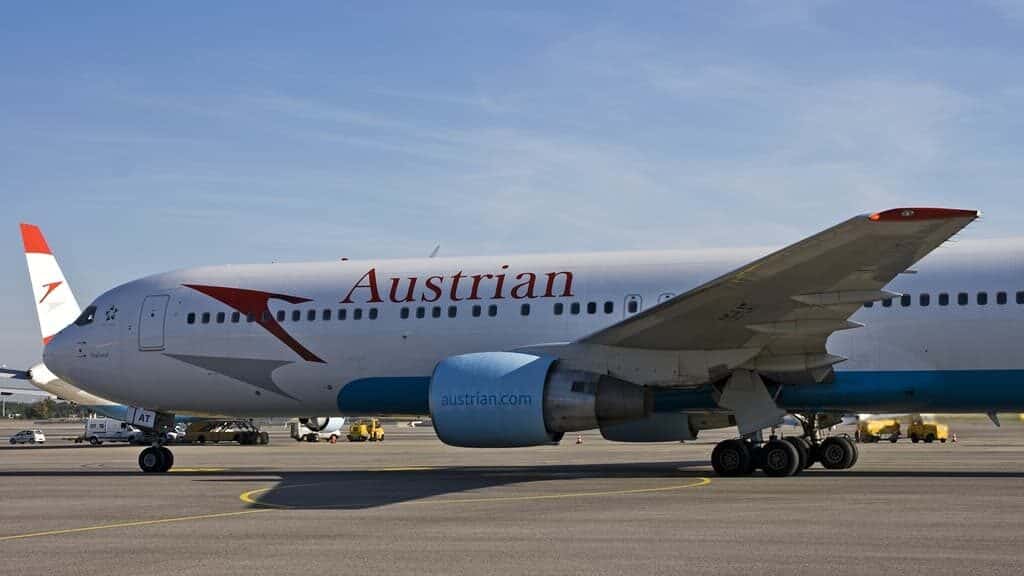
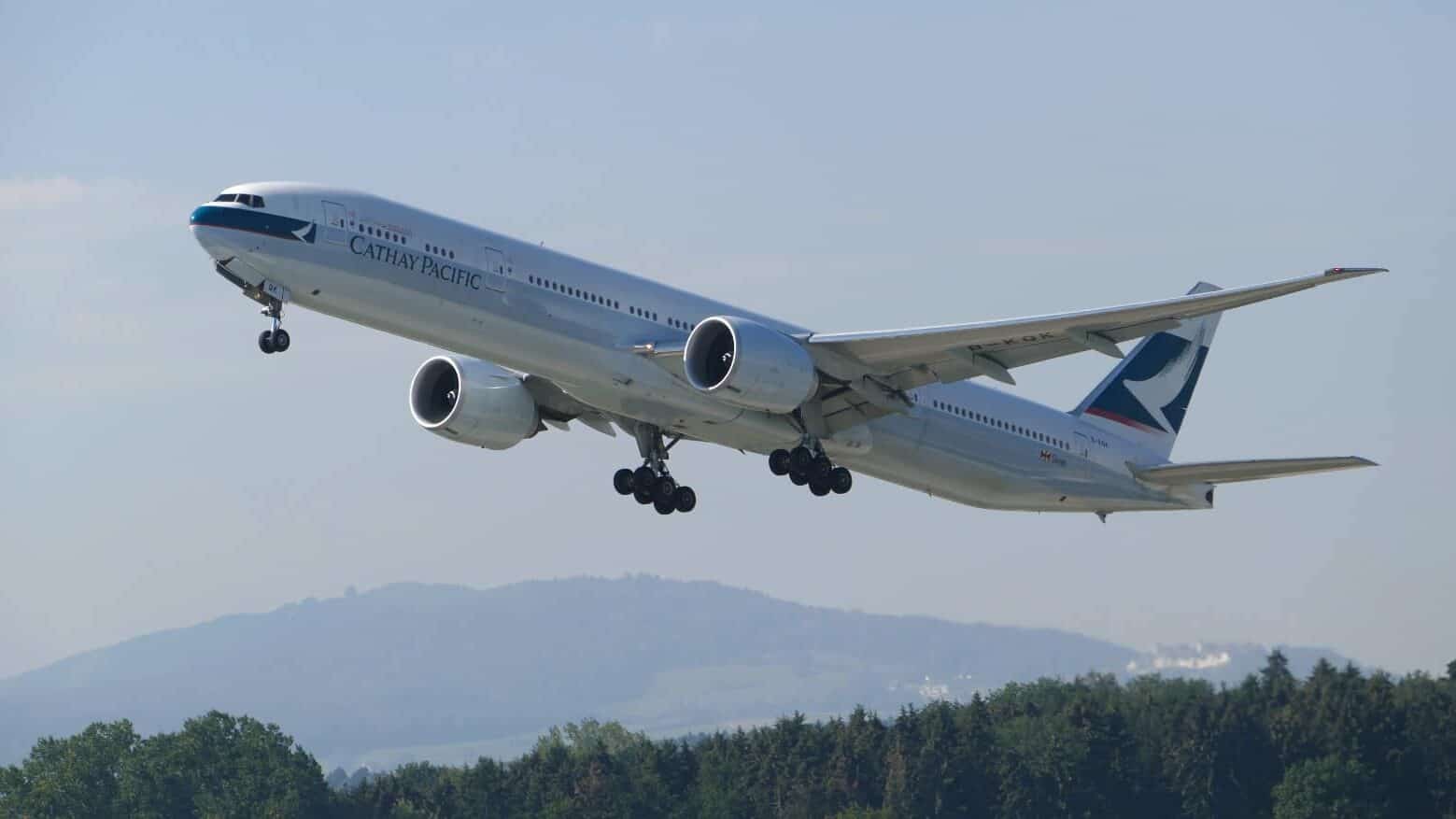
And it’s also worth taking a look at the back end of the plane: the auxiliary power units (APU) of the two jets are clearly distinguishable from each other. The 777 has a characteristic APU tail design, which is narrow and “truncated” towards the rear fuselage. The outlet of the APU is also on the left side. The 767 is like most other jets: a centred exhaust in a rounded shape.
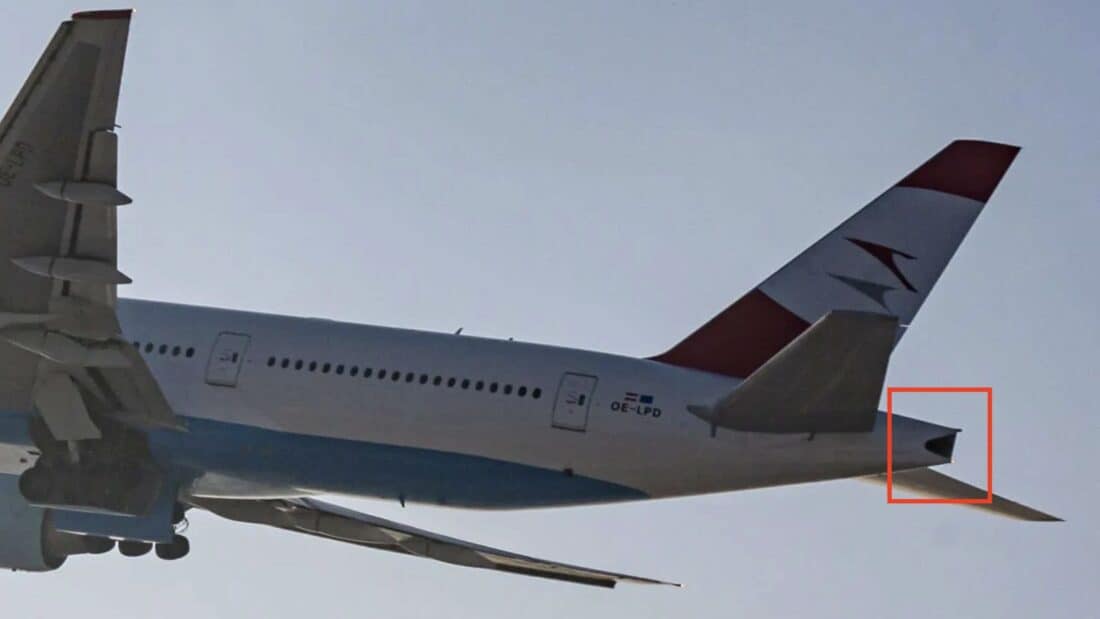
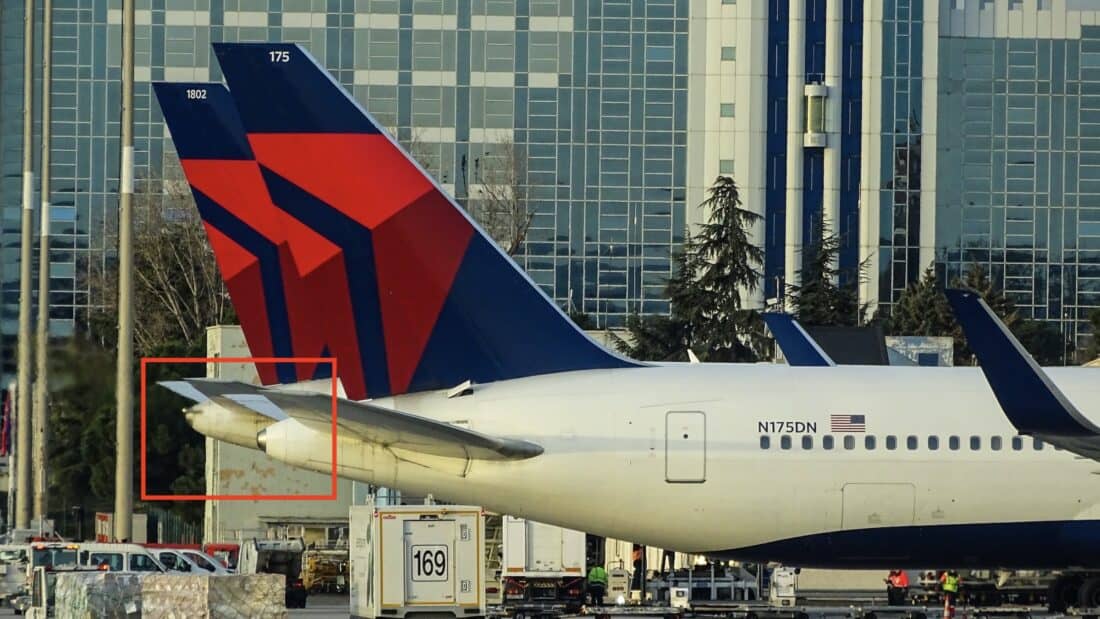
Boeing 787
With the Boeing 787, an aircraft is now following, which in turn should be much easier to recognize as a number of new design elements were introduced that make the 787 easily recognizable. The cockpit windows are certainly the most striking: The Dreamliner only has 4 windows, which seem very large. The Boeing standard here was mostly 6 windows.
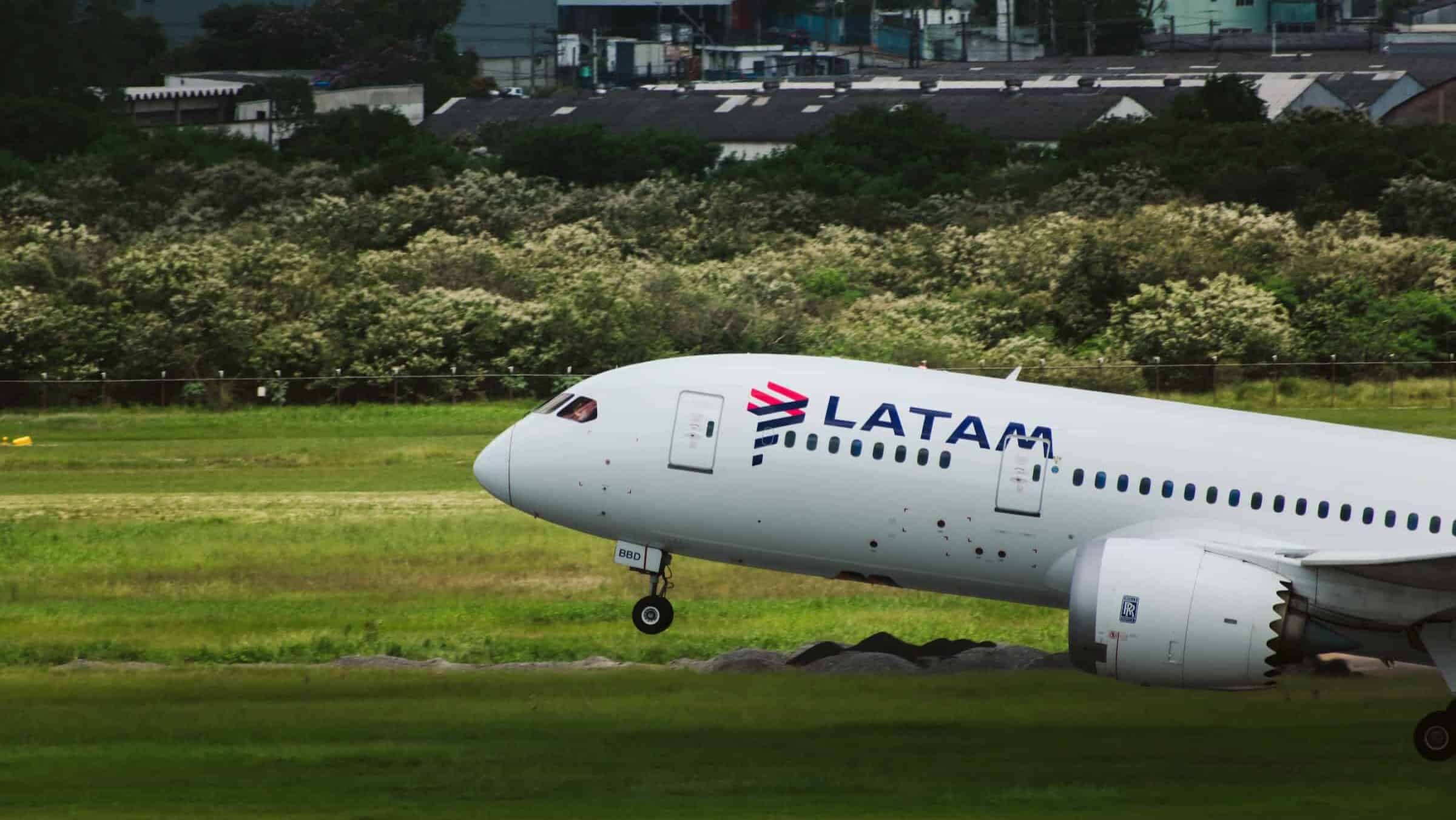
The nose section is also very simple and elegant. Furthermore, as with the 737 Max, the engines have noticeable spikes. Another more striking detail is certainly the very pointed rear towards the APU (auxiliary power unit).
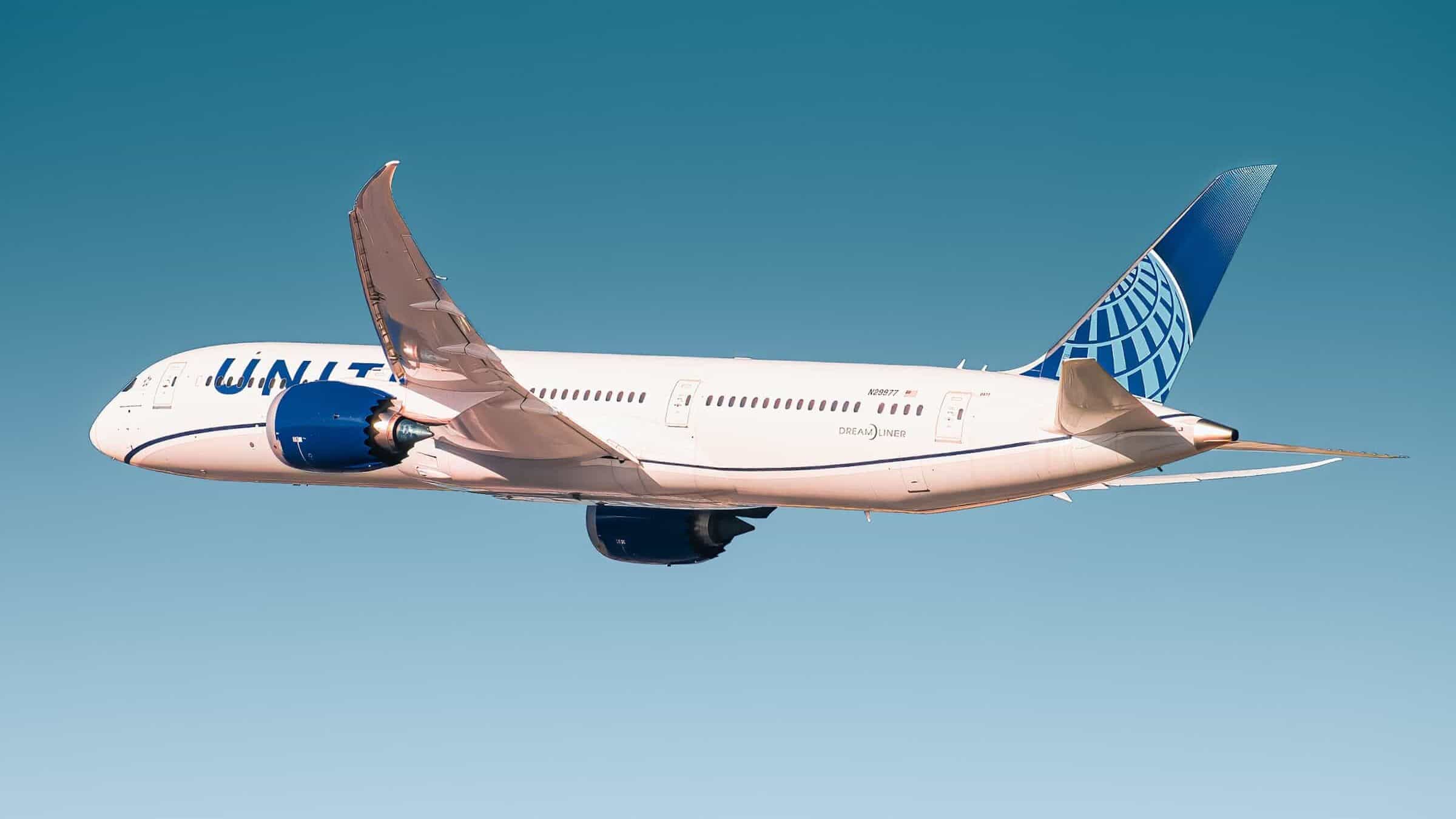
Comparing Giants: Airbus A380 vs. Boeing 747
Let’s now come to the largest class of passenger planes: the Airbus A380 and the Boeing 747. The biggest commercial planes of the two aircraft manufacturers are usually not that easy to confuse, but since it can still happen to the untrained eye, let’s take a closer look at the differences here as well.
The Airbus A380 holds the title of the world’s largest passenger aircraft. Of course, that alone is not enough to distinguish the “Superjumbo” from the normal jumbo, the Boeing 747. Or is it? After all, the size is also due to the upper deck, which extends to the rear. On the Boeing 747 (747-400 and 747-8), the upper deck is significantly shorter than the lower or main deck.
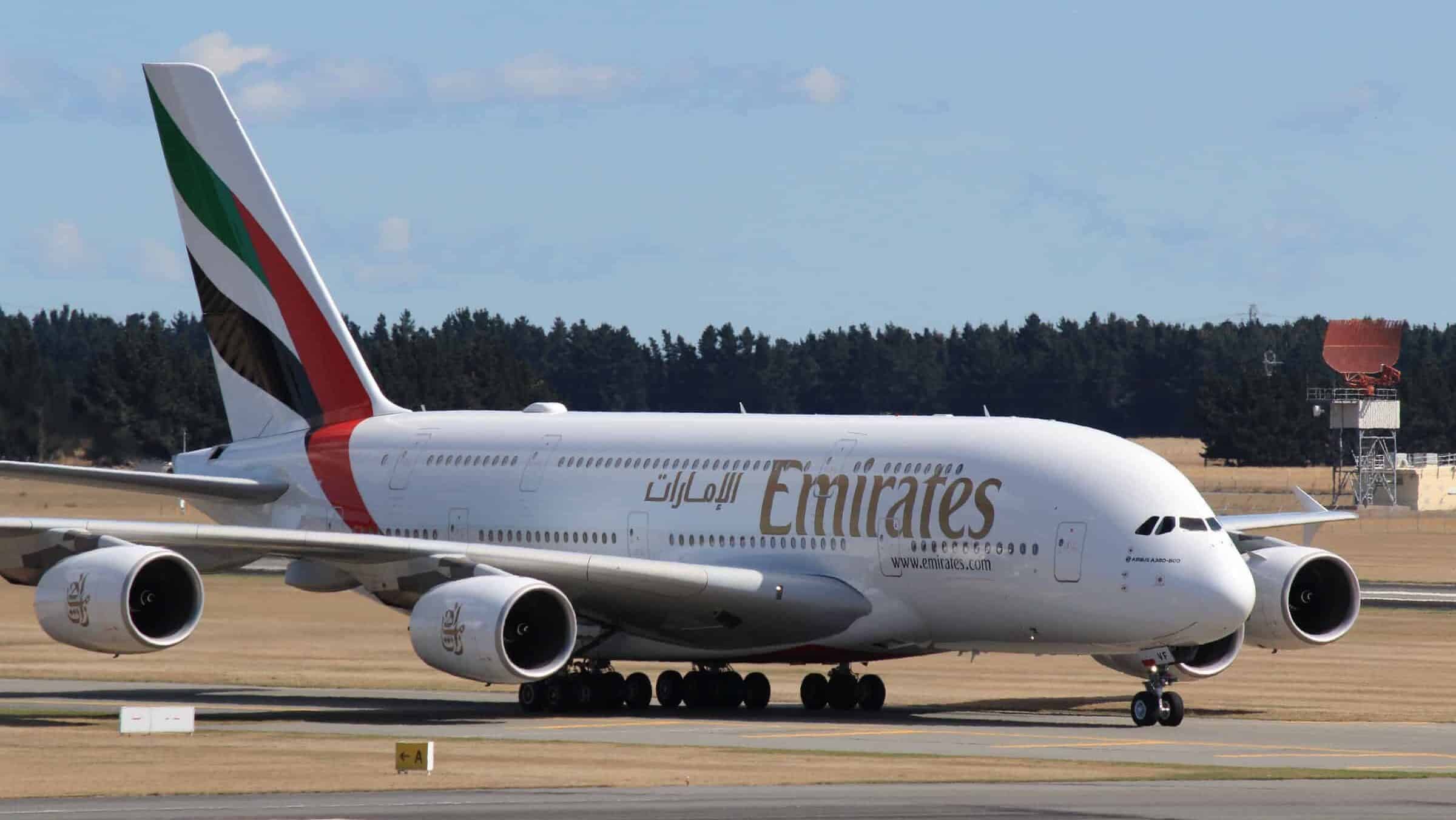
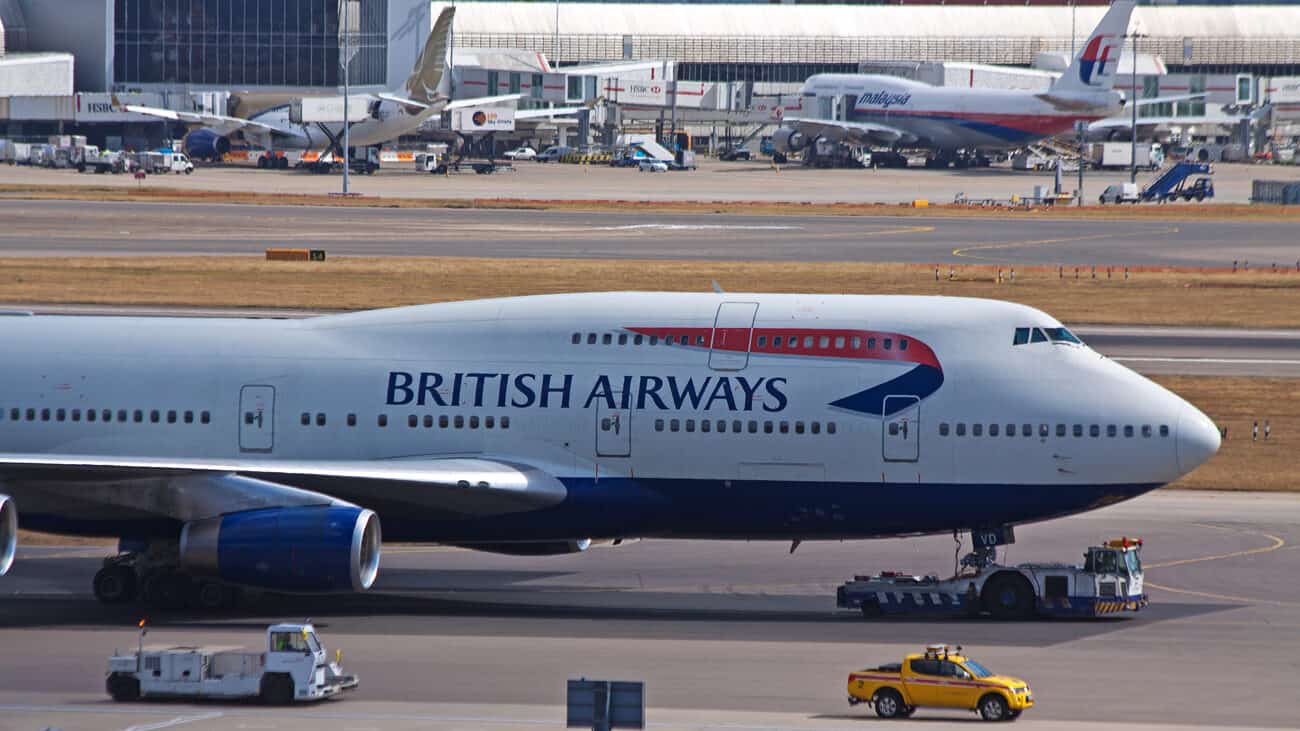
The nose is also a good feature for identification: on the Airbus A380, it is very rounded (by now, we can almost speak of “typical Airbus”). The Boeing 747, on the other hand, has a noticeably longer and also more pointed nose section than the four-engine aircraft from Airbus. In general, the cockpit of the superjumbo is also significantly lower, between the main and upper deck. On the other hand, the cockpit of the Boeing 747 is on the upper deck.
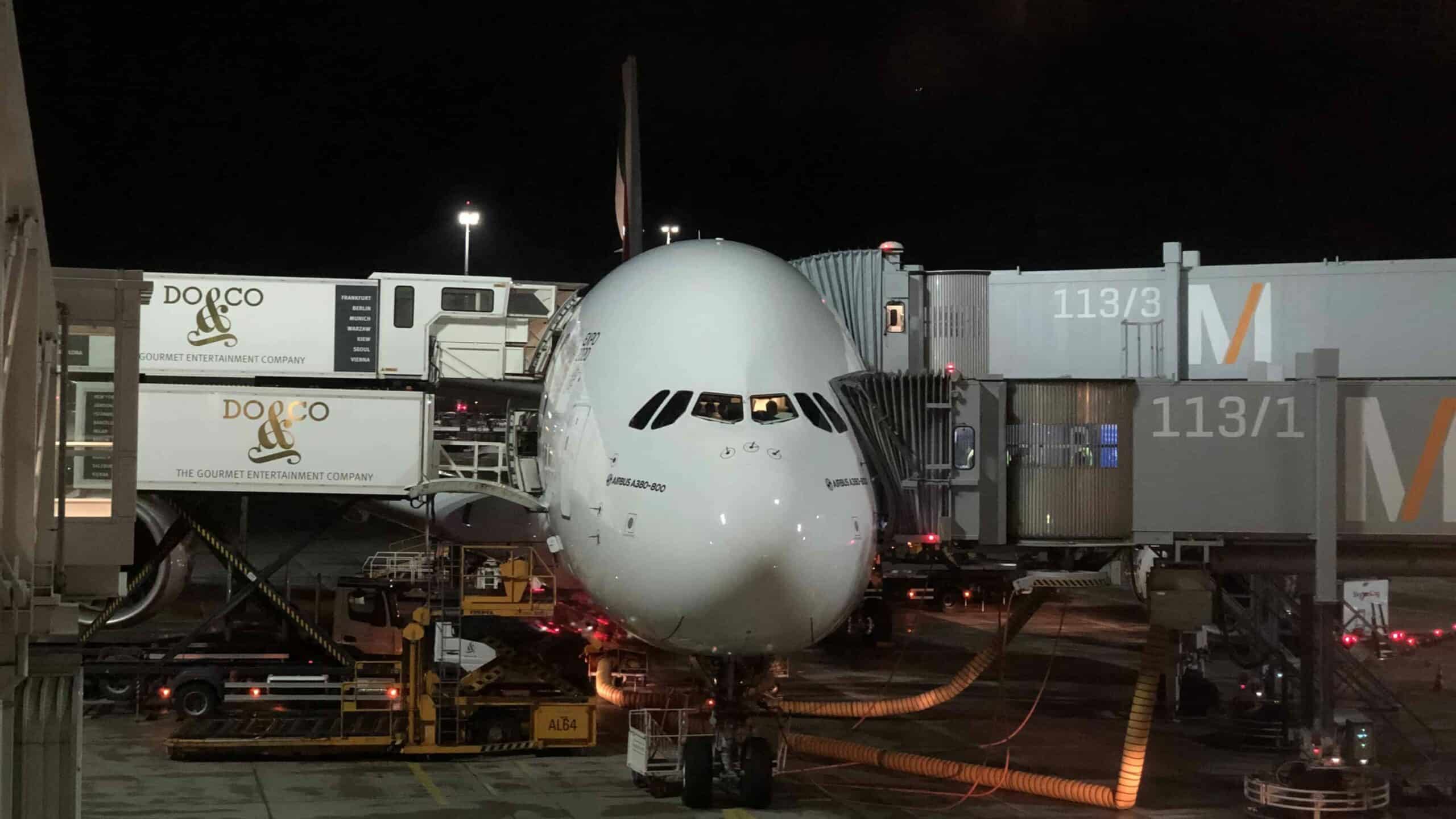
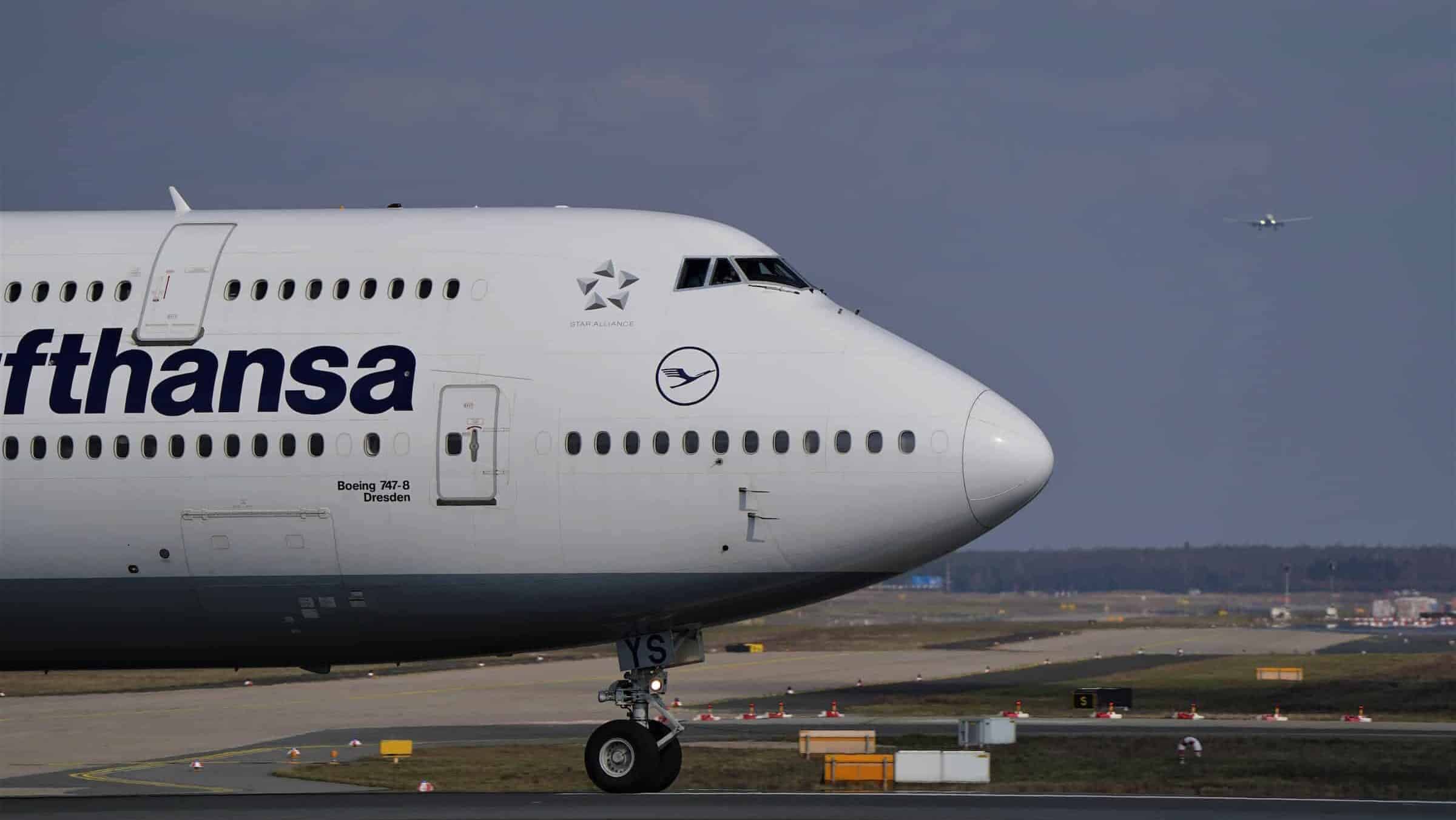
Regional Jets
Finally, a brief look into the world of regional planes.
Embraer E-Jets
With Embraer, there is also another aircraft manufacturer that specializes primarily in regional aircraft. The E170, E175, E190 and E195 models are particularly common at European airports. And with their peculiarities, the Embraers are in principle also easy to recognize.
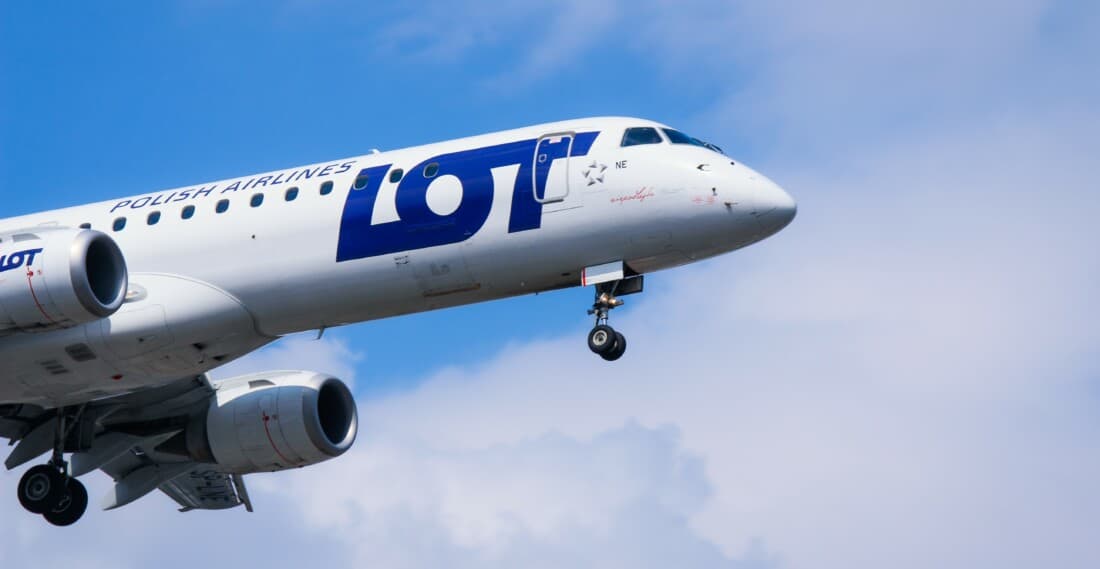
Even before the Boeing 787 or the Airbus A220 existed, the Embraer E-Jets were already characterized by their 4 cockpit windows. And even far ahead of the Airbus A350, the E170 to the E195 of the Brazilians danced out of line with a minimalist and straight nose section.
And if that’s not enough as a collection of features, take a look at the engines of the small planes, some of which seem tiny. Only in the newer E2 models do the (who would have thought) significantly larger engines catch the eye. Last but not least, the Embraers can be identified by their size, as they are significantly smaller than, for example, an A220.
Bombardier CRJ
Even earlier than the Embraer, Bombardier’s Canadair Regional Jets (CRJ for short), which were also widely used, had the distinctive features of the cockpit window and nose. But that’s not all: the CRJ planes (which now belong to Mitsubishi Heavy Industries) are extremely easy to identify.
Probably the most striking feature is the two engines, which are located at the rear. Because of this, the tail unit forms a T-shape, since the elevators have been moved up. In addition, the jets are very low.
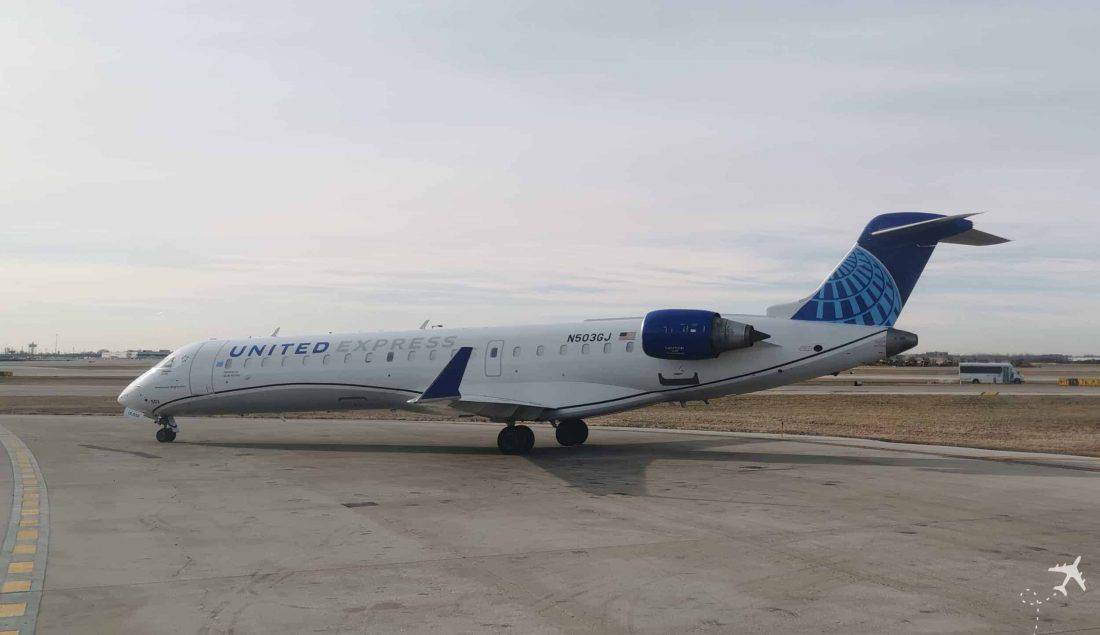
Other Aircraft Types
Of course, not only Airbus, Boeing, Embraer and Bombardier are involved in the market. For example, with ATR (Avions de Transport Régional) there is another manufacturer with a focus on regional aircraft, but with turboprop engines (which are actually part of Airbus).
Looking to the East, COMAC (Commercial Aircraft Corporation of China) is China’s answer to Western manufacturers. COMAC recently started mass production with the C919 (a narrow-body aircraft). And in Russia, in 2021, the Russian aircraft manufacturers Sukhoi, Tupolev, Ilyushin and others were merged into the state-controlled consortium UAC (United Aircraft Corporation).
Test Your New Knowledge
Let’s see if you were really paying attention. We have put together a gallery for you with the different aircraft types. Click on the pictures to take a closer look. The solutions can be opened underneath. Do you now recognize all of them correctly?
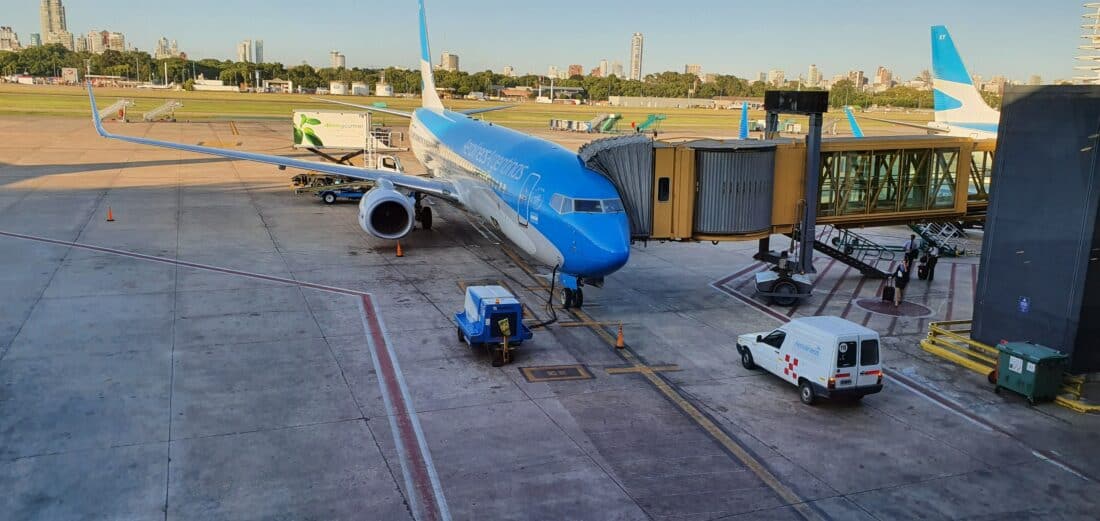
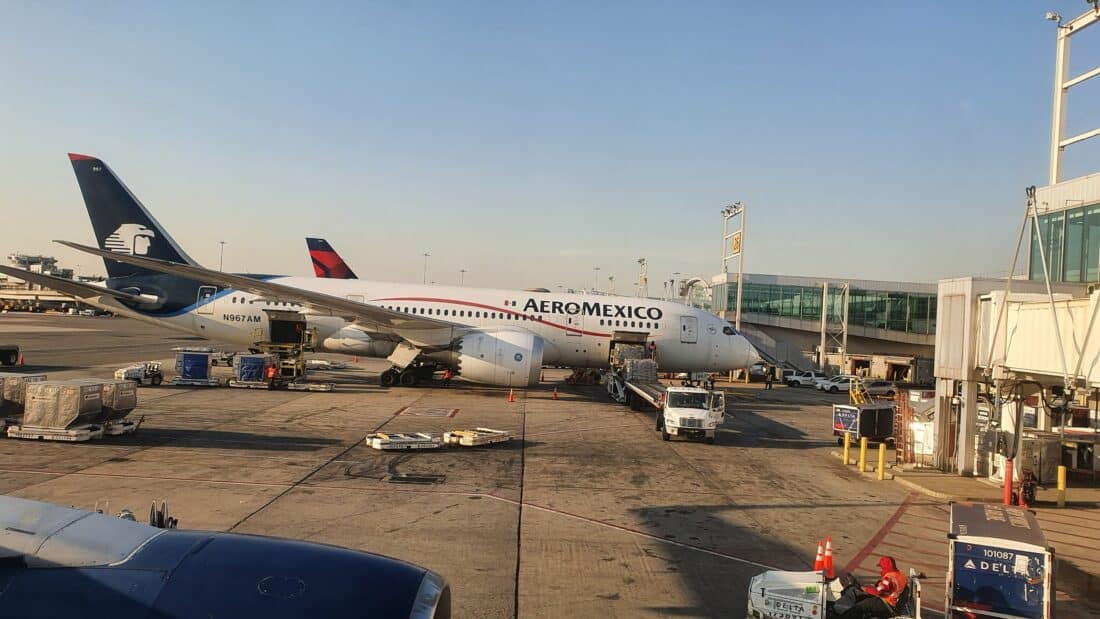
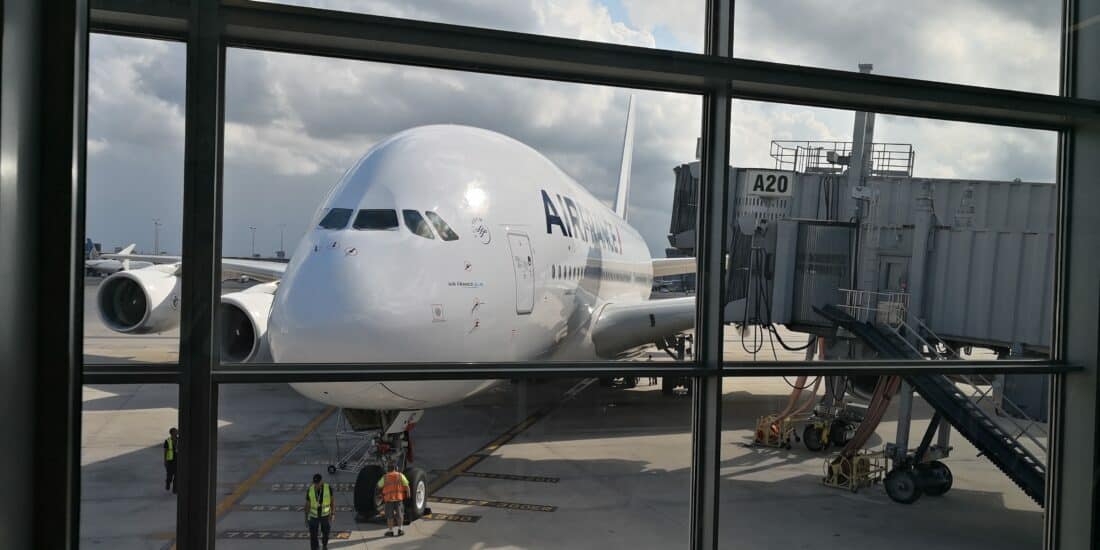
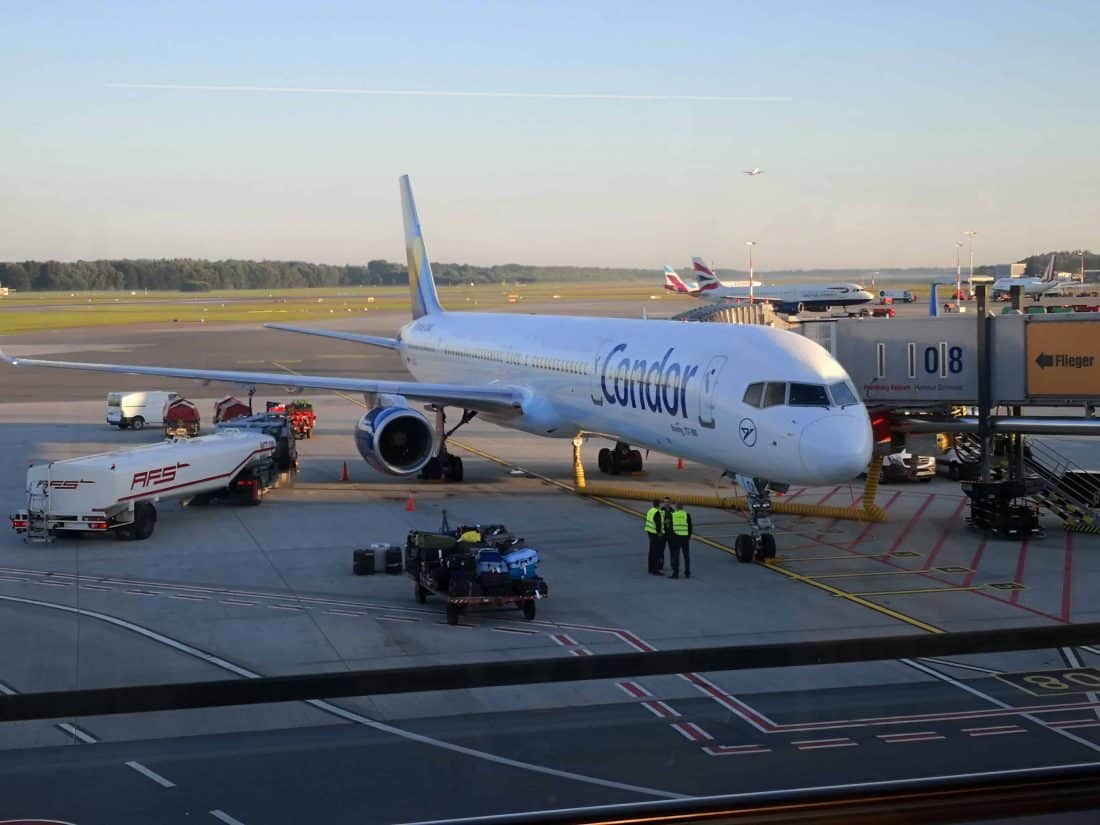
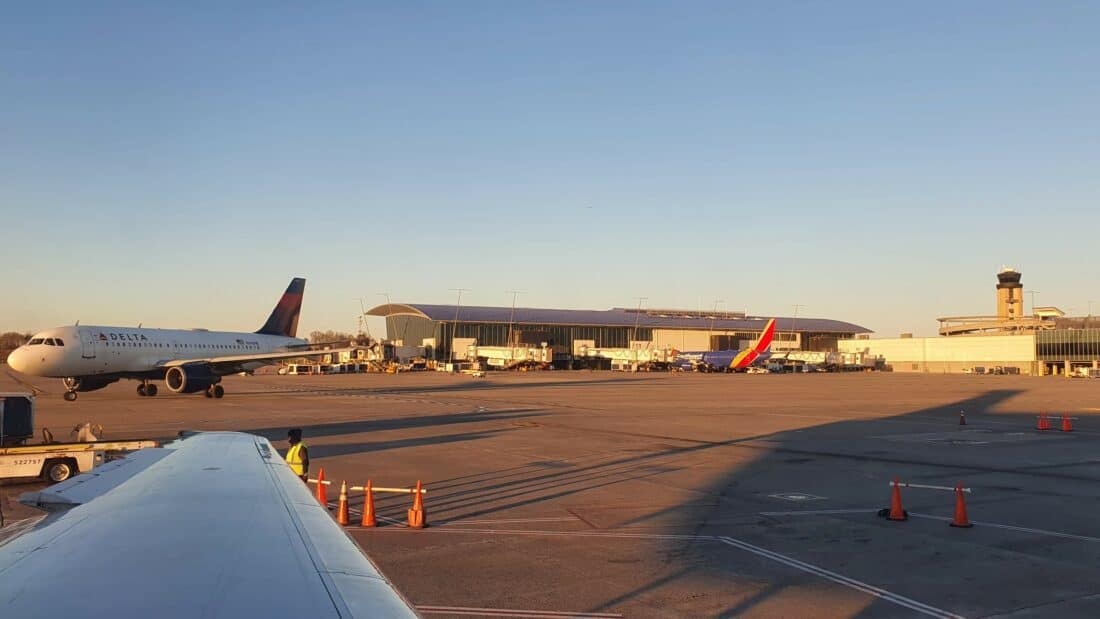
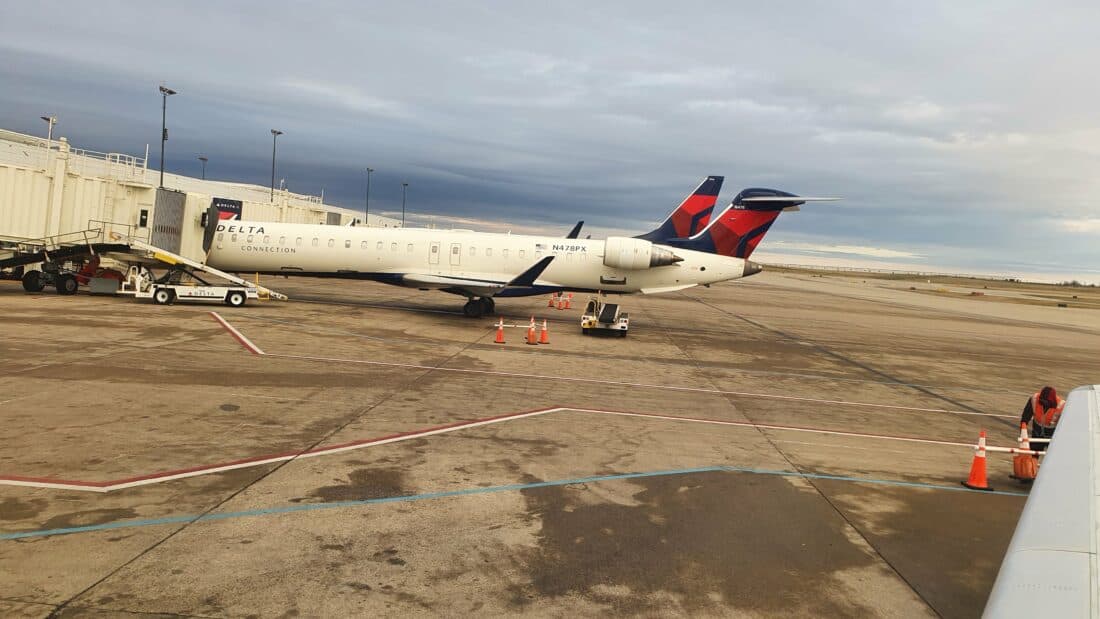

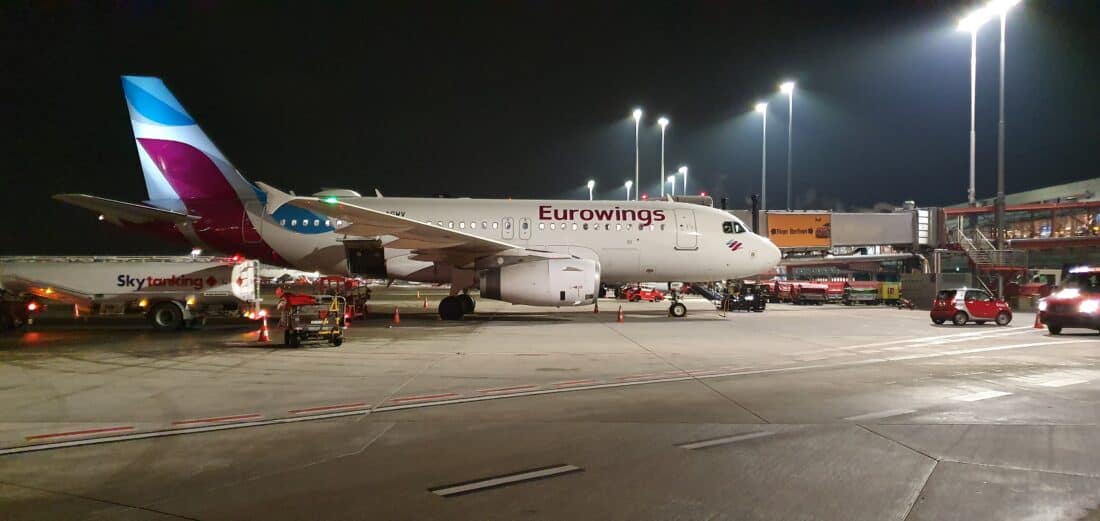
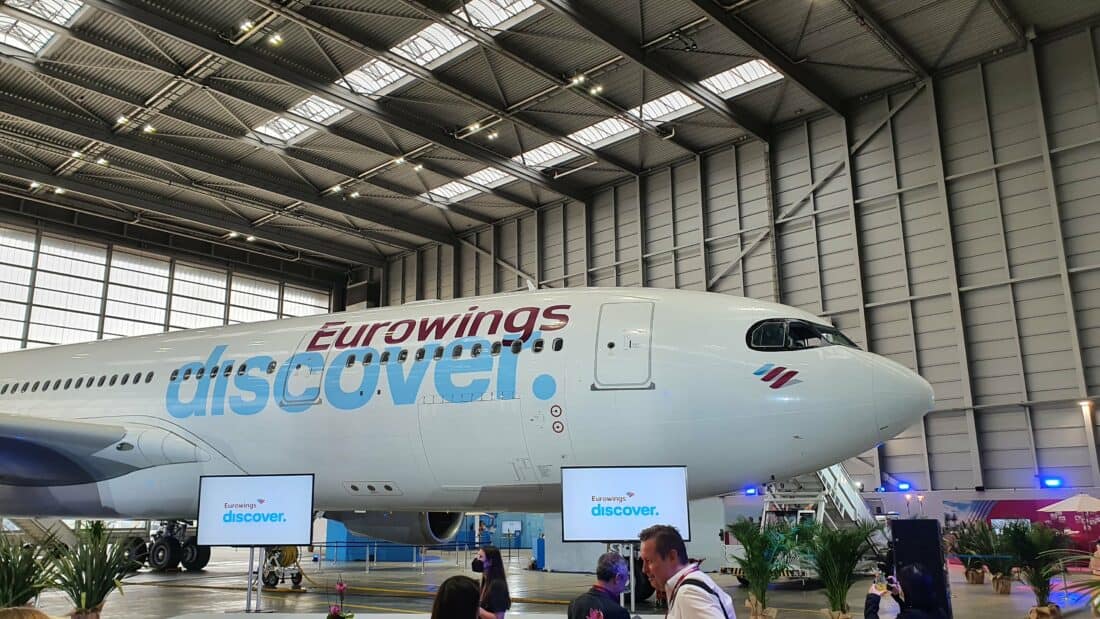
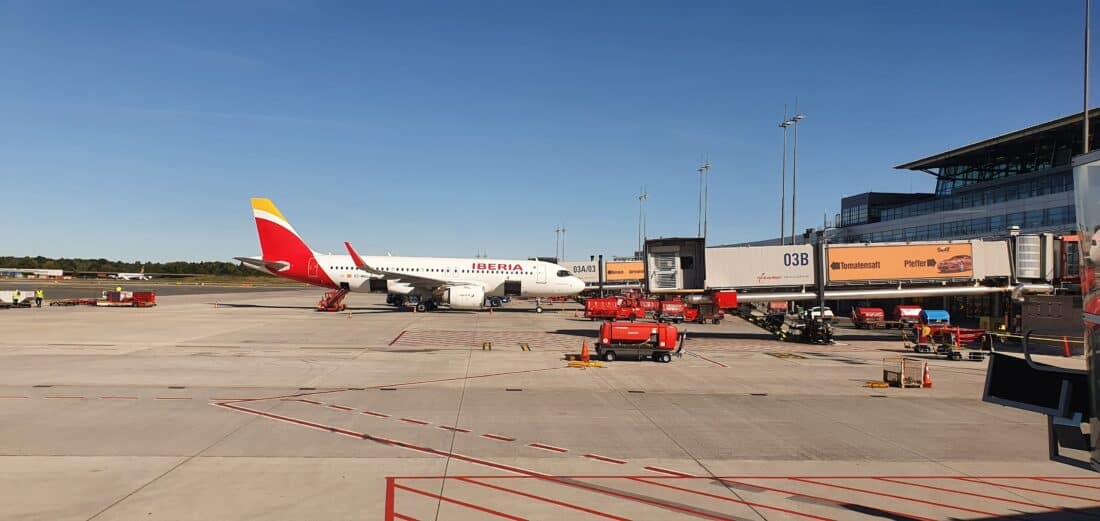
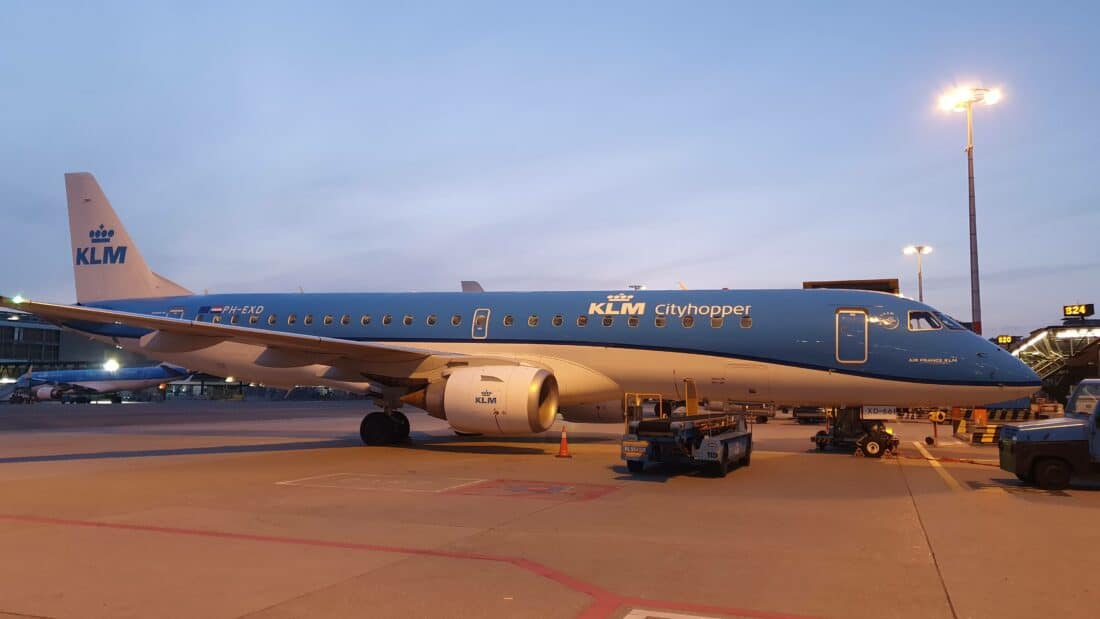
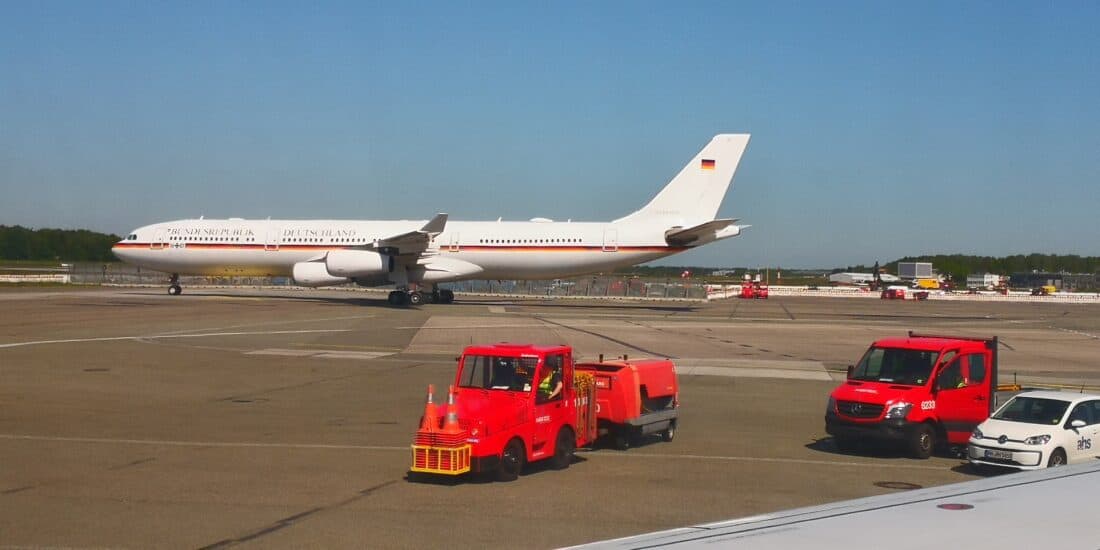
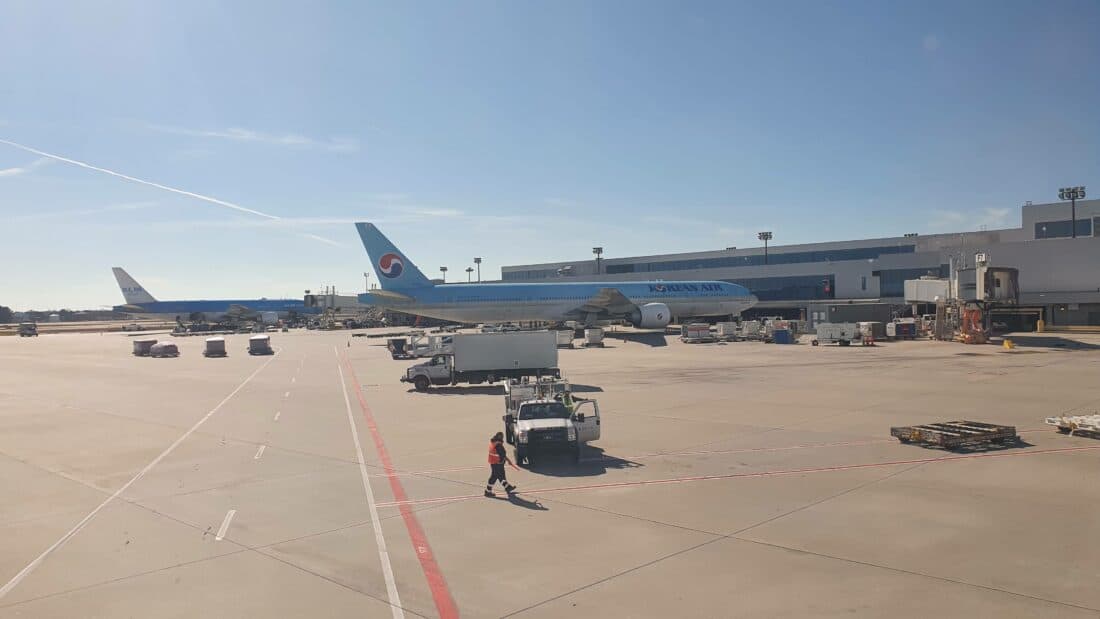
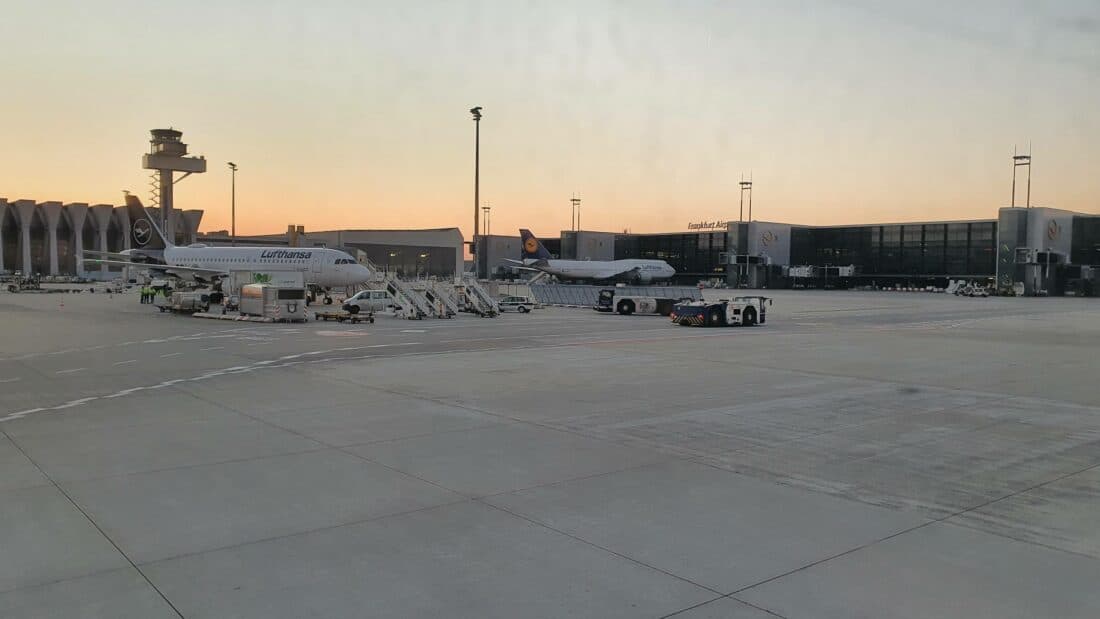
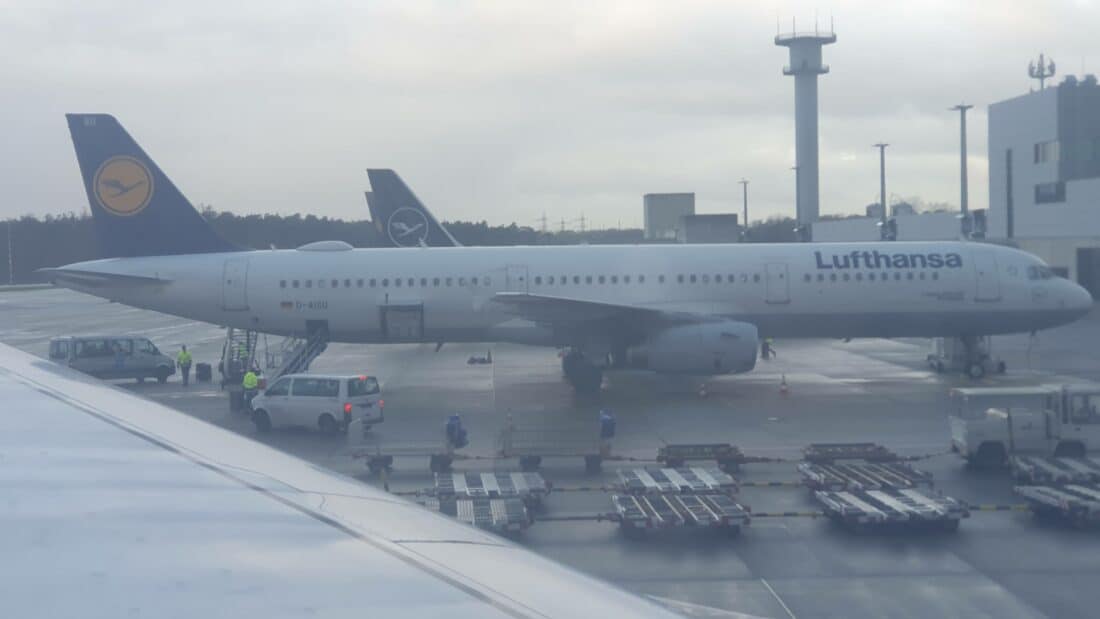
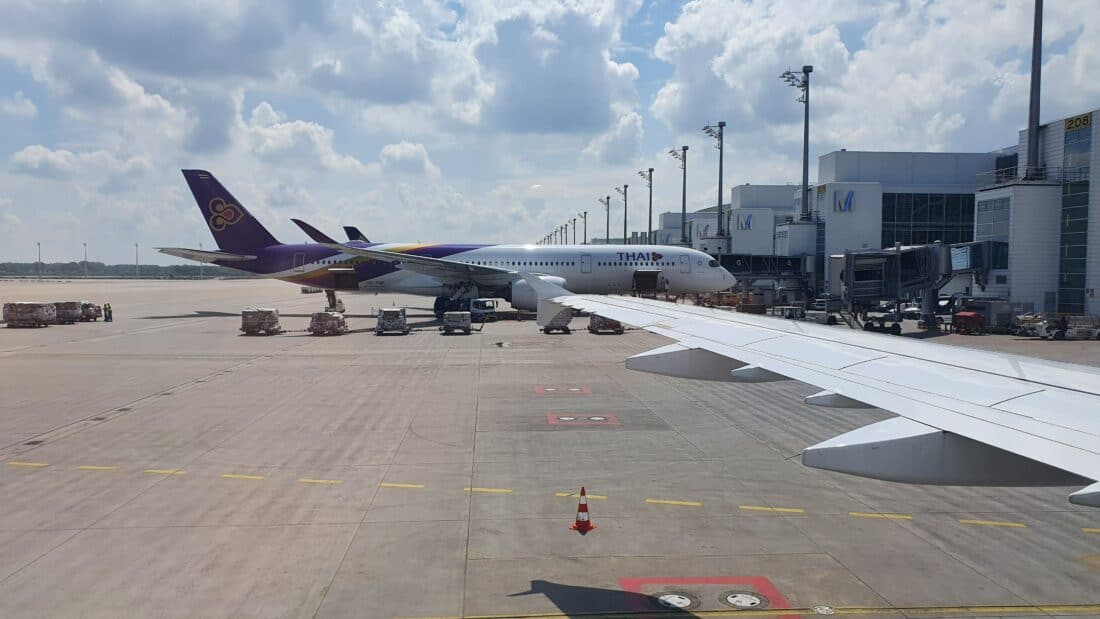
Solutions
- Boeing 737
- Boeing 787
- Airbus A380
- Boeing 757
- Airbus A319
- Bombardier CRJ-900
- Boeing 767
- Airbus A319
- Airbus A330
- Airbus A320neo
- Embraer ERJ-190
- Airbus A340
- Boeing 777
- Airbus A319 in the front, Boeing 747 in the background
- Airbus A321
- Airbus A350
Conclusion
Of course, there are certainly one or two models with the potential for confusion among the many other aircraft manufacturers that are out there. However, since Airbus and Boeing in particular dominate the market, the focus was primarily on the big players. And it should be said that even the trained eye can make mistakes when identifying the exact type of aircraft. But then you can think of the features that allow you to quickly and easily identify which plane is in front of you. Or you simply open Flightradar24 and play it safe.
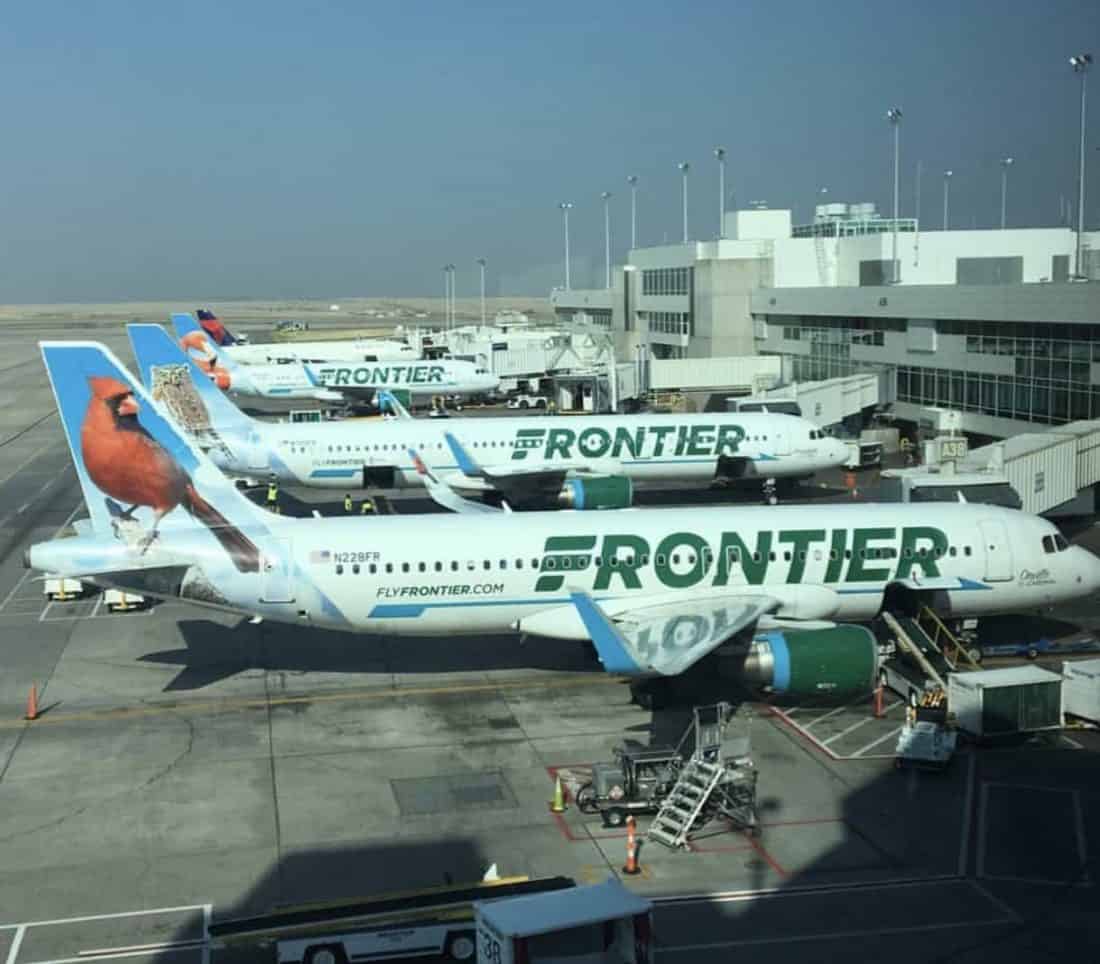
Comments (4)
This article is not that helpful to identify a plane.
It should be the other way around, like this:
1. Look at the planes nose. is more like this: or like that:
If it’s more like this, continue with 5.
2. if it’s like that, check the doors…
3…..
That’s the way to identify a plane 😉
This article presumes I already know the type of plane and explaines why it is this type.
Still thank you for all your content! 🙂
Ah, now when i opened the solutions it is clearer :_)
Which one on the picture no.14? 747 or 319?
nice article!